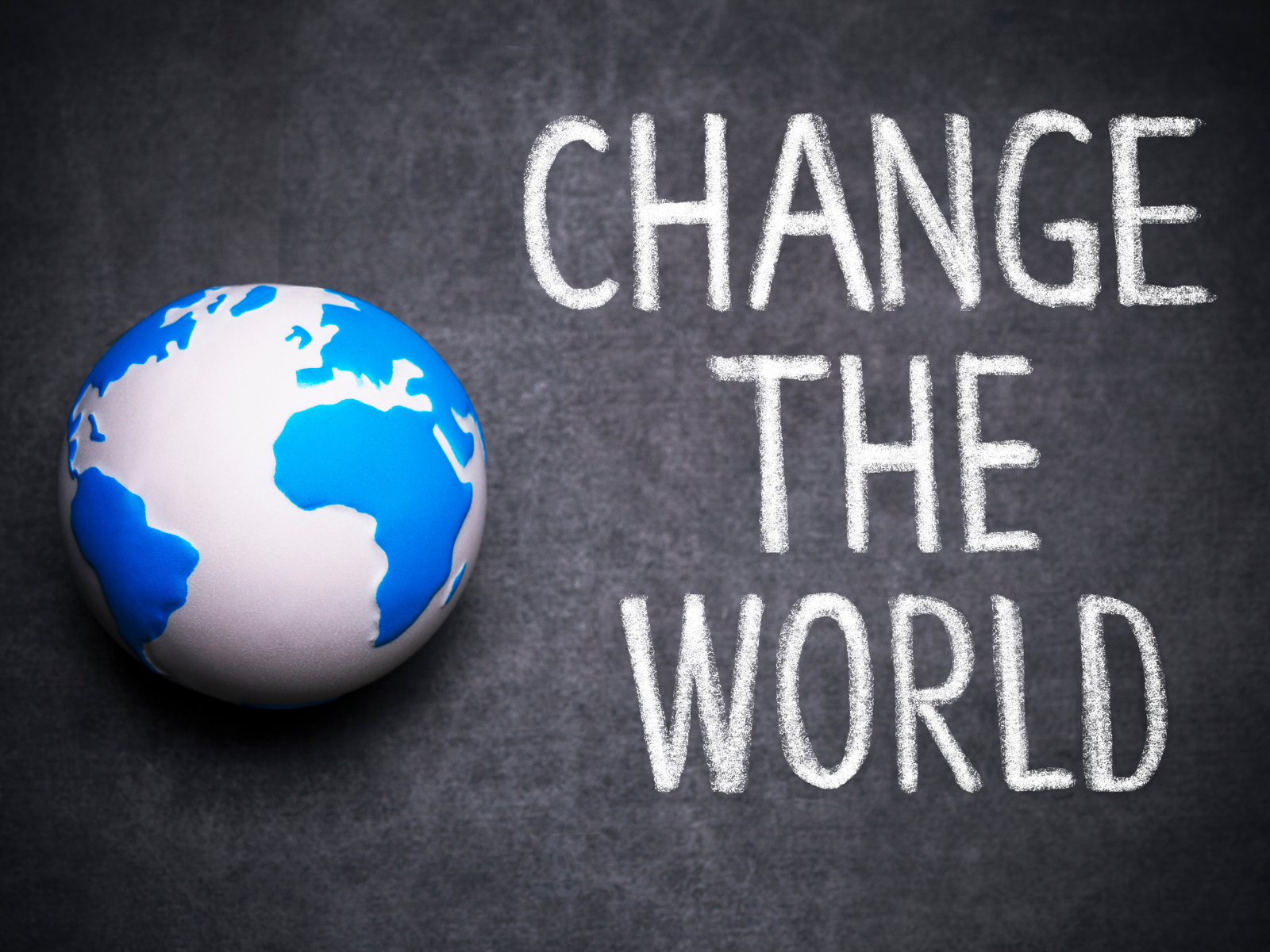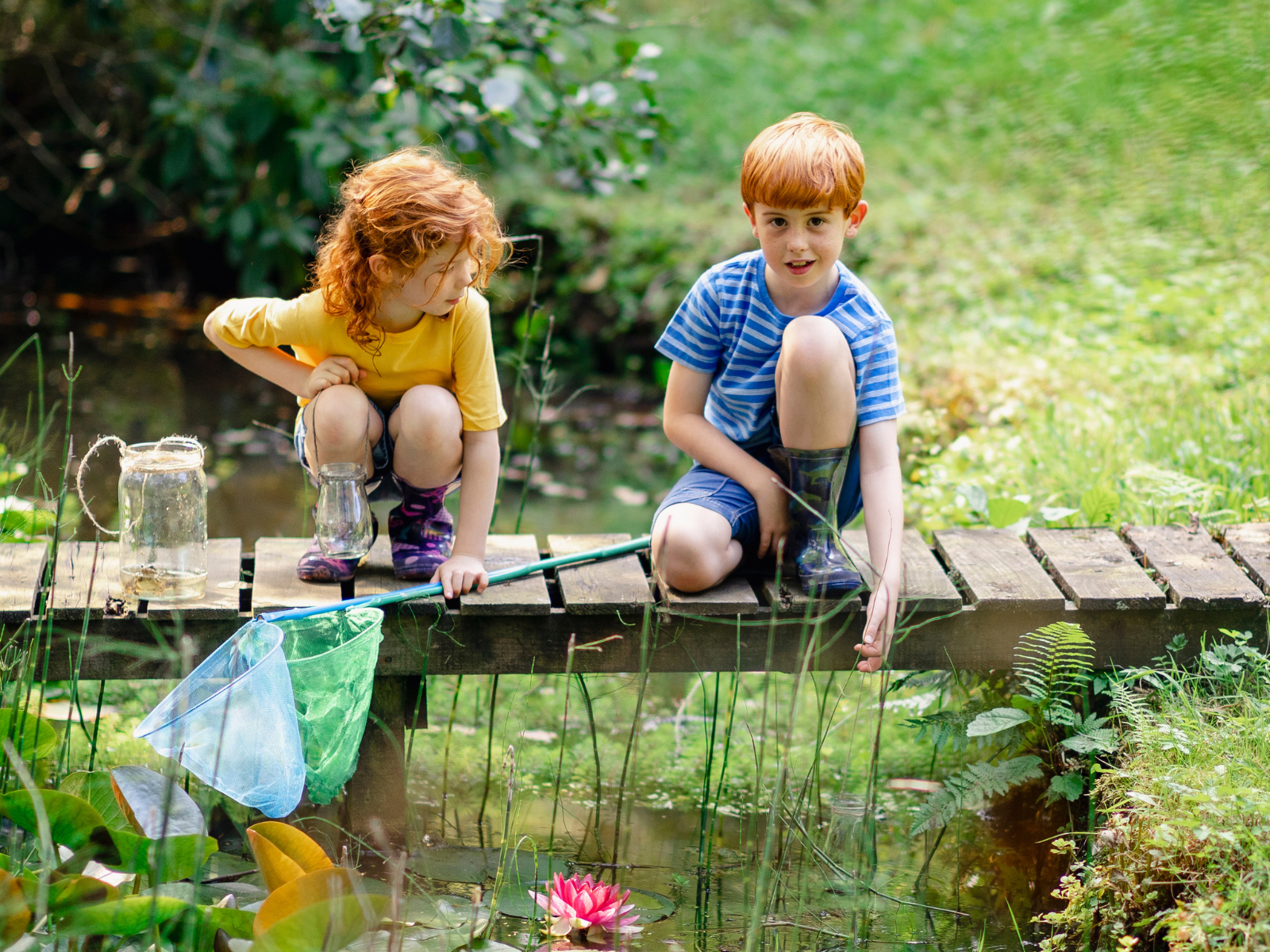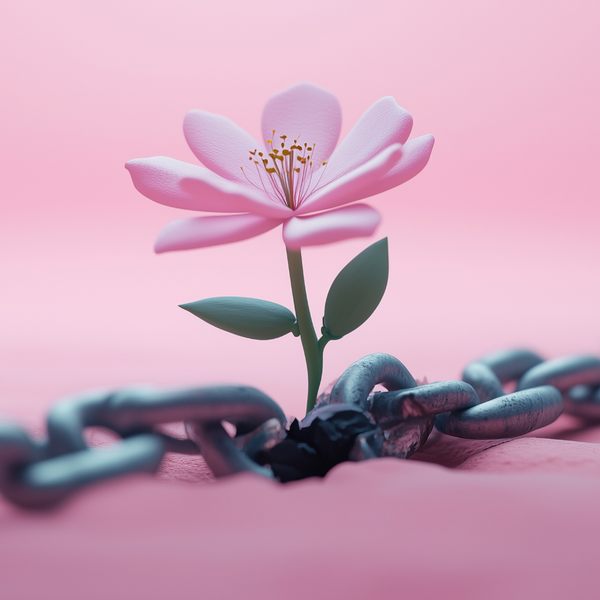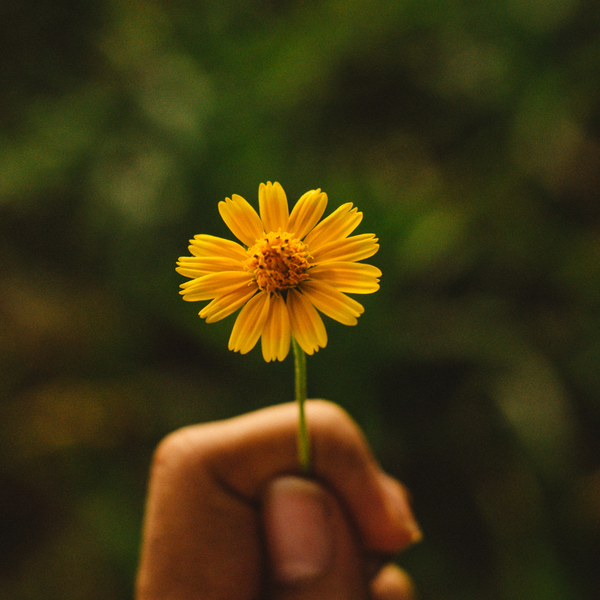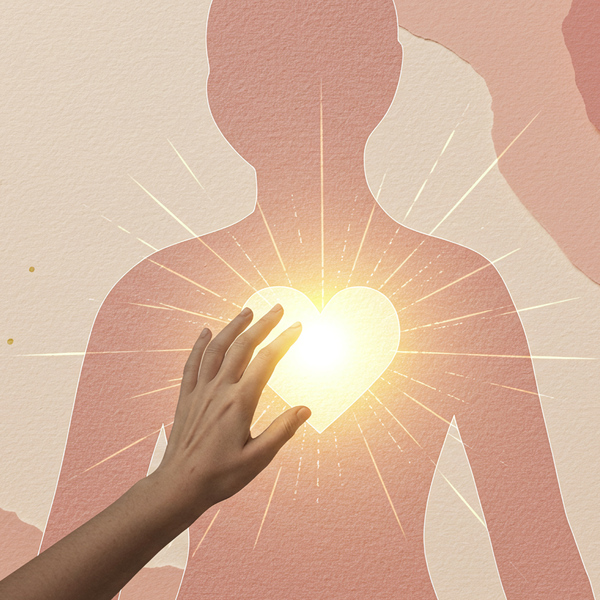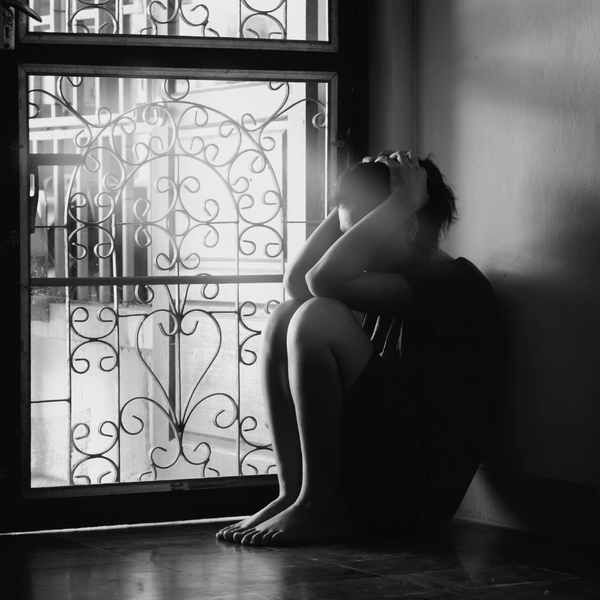Are you a curious person?
It's a simple question, yet one with the potential to shift the course of your life.
Curious people have always been at the forefront of some of the world’s most compelling creations.
From groundbreaking inventions that altered our lives forever, to breathtaking works of art and literature that speak to our souls — curiosity drives us to explore new possibilities, level up our skillsets, and create extraordinary things.
You don't have to be a genius or an expert artist; you simply need to possess passion and creativity along with a never-ending curiosity for learning more.
Being curious means that we’re in an open state of mind – ready to explore new ideas and possibilities beyond the world as we know it today.
When combined with creativity, curiosity can result in inventions and creative solutions that have an amazing power to affect humanity for generations to come.
In this blog post, we'll dive into how harnessing your creative power and being curious can help you change the world one step at a time.
Let's explore how curiosity sparks creativity, why it's so important, and how you can use it to unlock your own creativity.
So, put those reins on your creative spirit and journey with us as we discover how embracing both creativity and curiosity have made—and will continue to make—a real impact on society today!
Key Takeaways:
- Understand the pivotal role of curiosity in driving personal and professional growth.
- Learn practical strategies to cultivate a curious mindset and integrate it into your daily life.
- Discover how embracing curiosity can lead to a more fulfilling and creative existence.

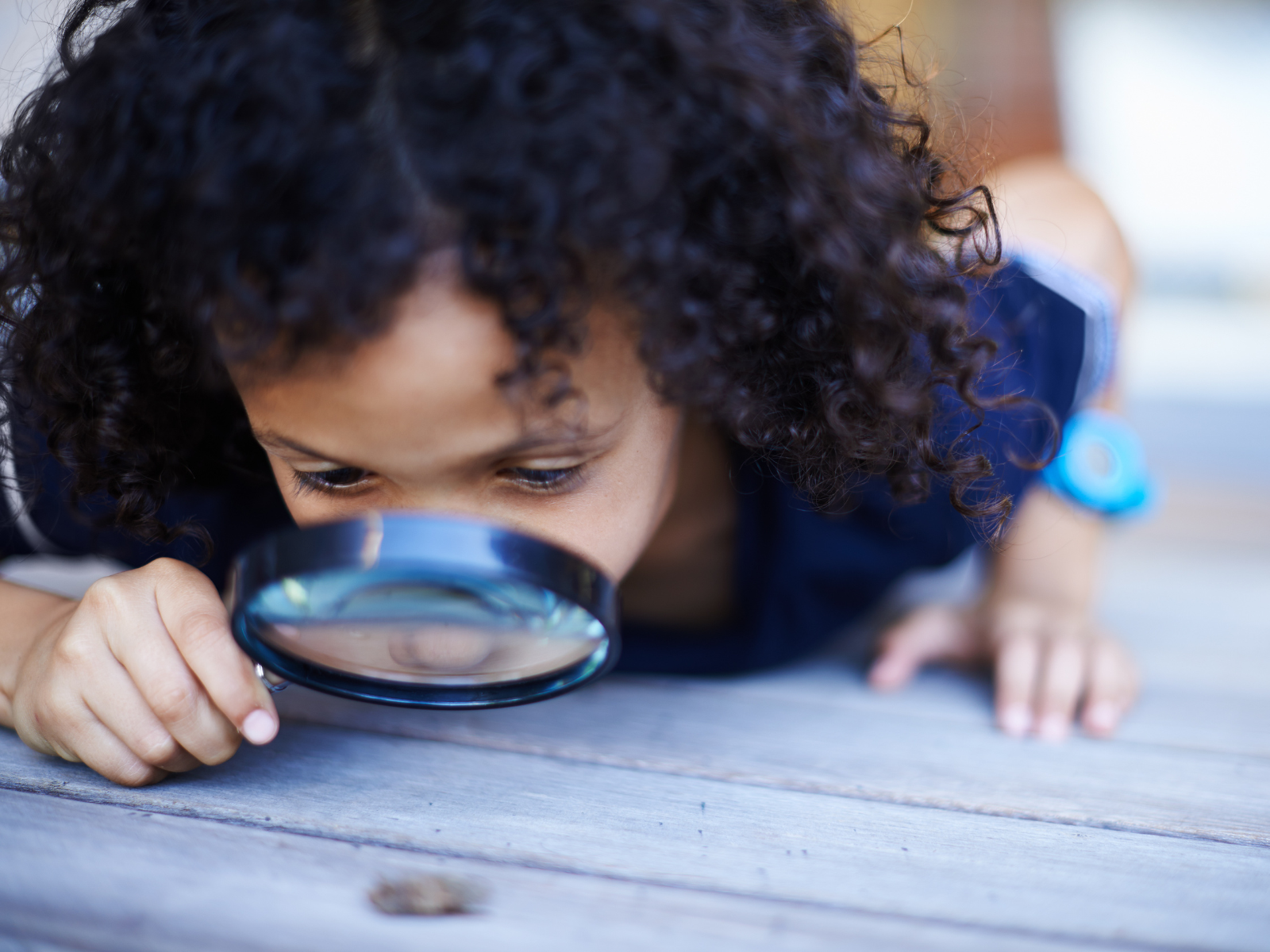

Born Curious: The Innate Desire to Explore
Curiosity is not just a personality trait; it's a fundamental aspect of being human.
From the moment we are born, we are driven by an innate desire to understand the world around us.
This relentless pursuit of knowledge has been the cornerstone of human evolution, leading to advancements in technology, art, and culture.
Curiosity has allowed us to question the status quo, challenge conventional thinking, and push boundaries.
Without it, we would not have made the significant strides in science, medicine, and social progress that shape our world today.
Every child is born with an insatiable curiosity.
As infants, we are naturally inclined to explore our environment, learn new skills, and ask endless questions.
This inherent curiosity is what propels us to grow and adapt, but as we age, societal expectations and fear of the unknown can dampen this natural inclination.
We become more risk-averse and less willing to question the world around us.
But, it's never too late to reclaim this gift of curiosity and use it to fuel our creativity.
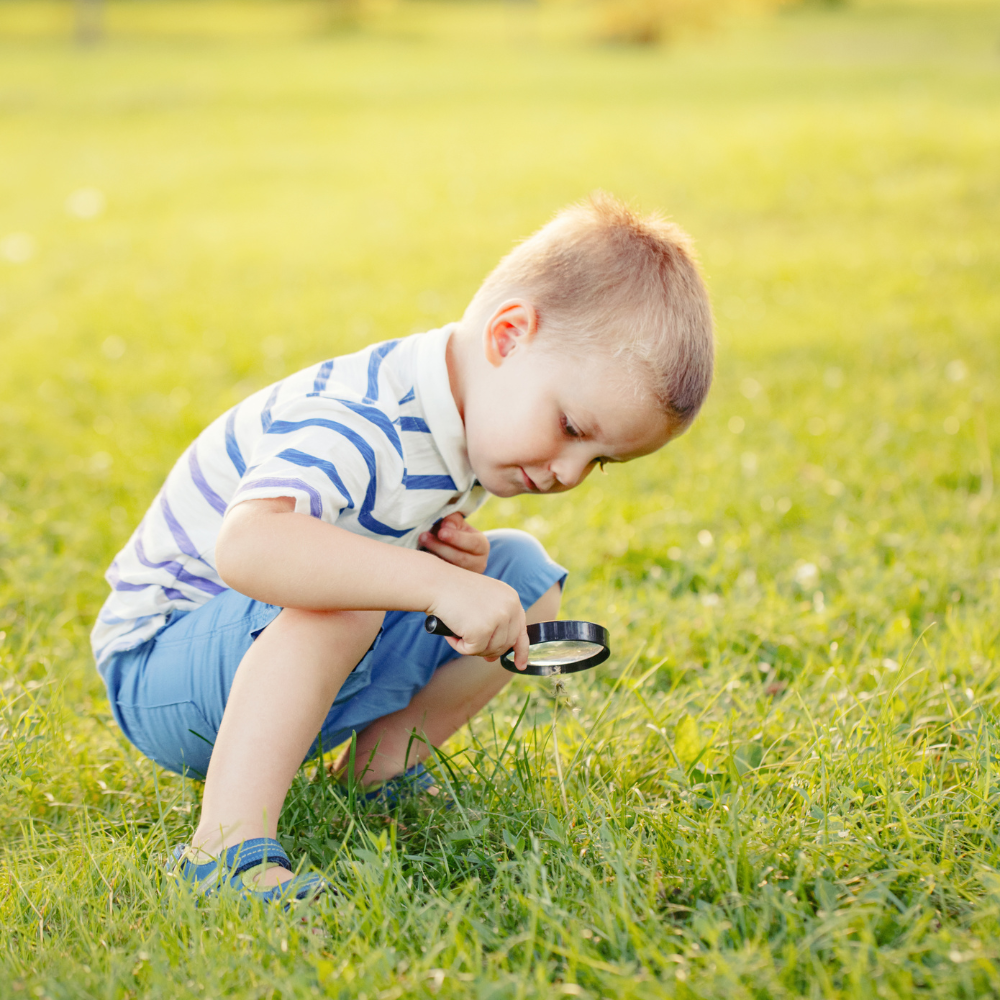


Creative Journey: A Path Paved with Questions
The creative journey is often sparked by a question, a "what if?" that leads to exploration and discovery.
Creative people understand that the creative process is not linear; it's a winding path filled with learning opportunities and unexpected insights.
Embracing curiosity means being open to new experiences, perspectives, and ideas.
It's about challenging assumptions and redefining what is possible.
Curiosity is a powerful force - it drives us to ask questions, explore new ideas, and seek out novel experiences.
This sense of wonder and fascination is what fuels creativity.
When we're curious, we're more open to new ideas and more willing to take risks.
This willingness to step outside of our comfort zone is what leads to breakthroughs in art, science, and other fields.
In the art world, curiosity has been a driving force behind many groundbreaking works of art.
From Picasso's cubism to Warhol's pop art, artists who were curious about the world around them have pushed boundaries and challenged conventions.
Curiosity has led to new techniques, new mediums, and new artistic movements.
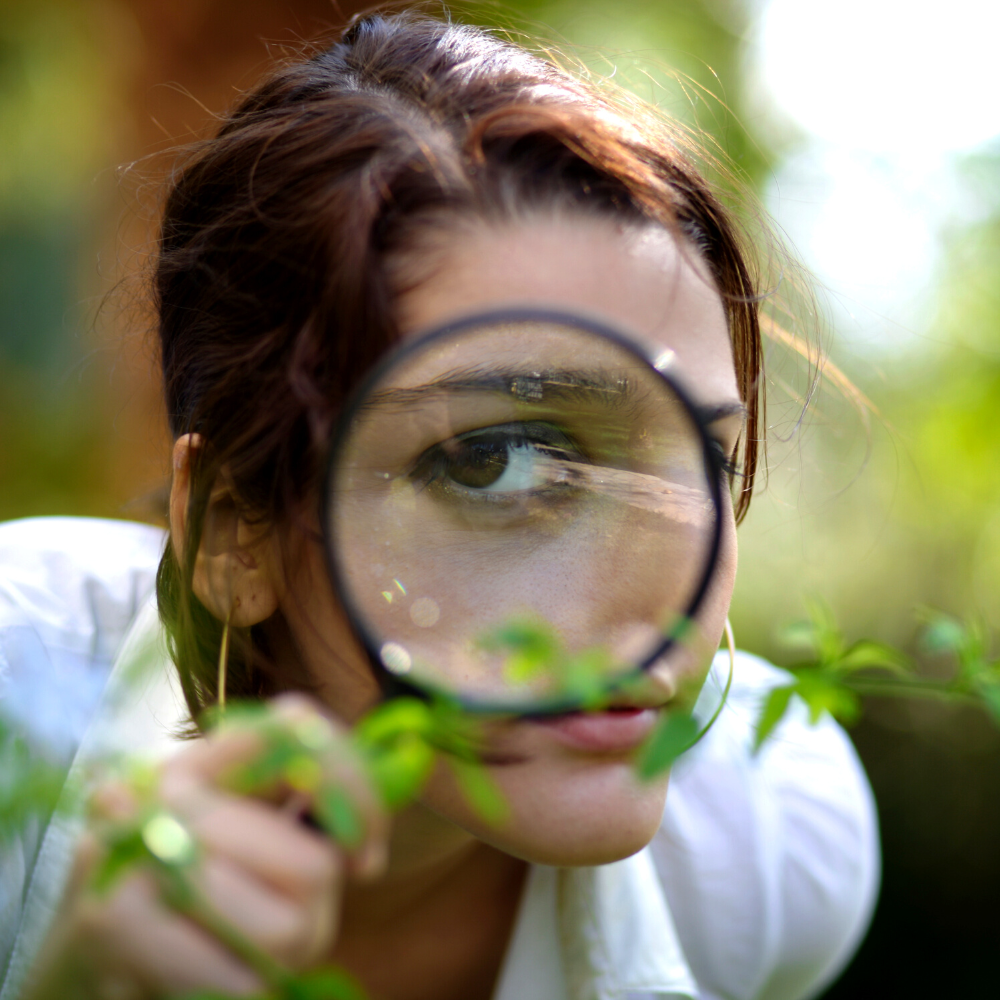
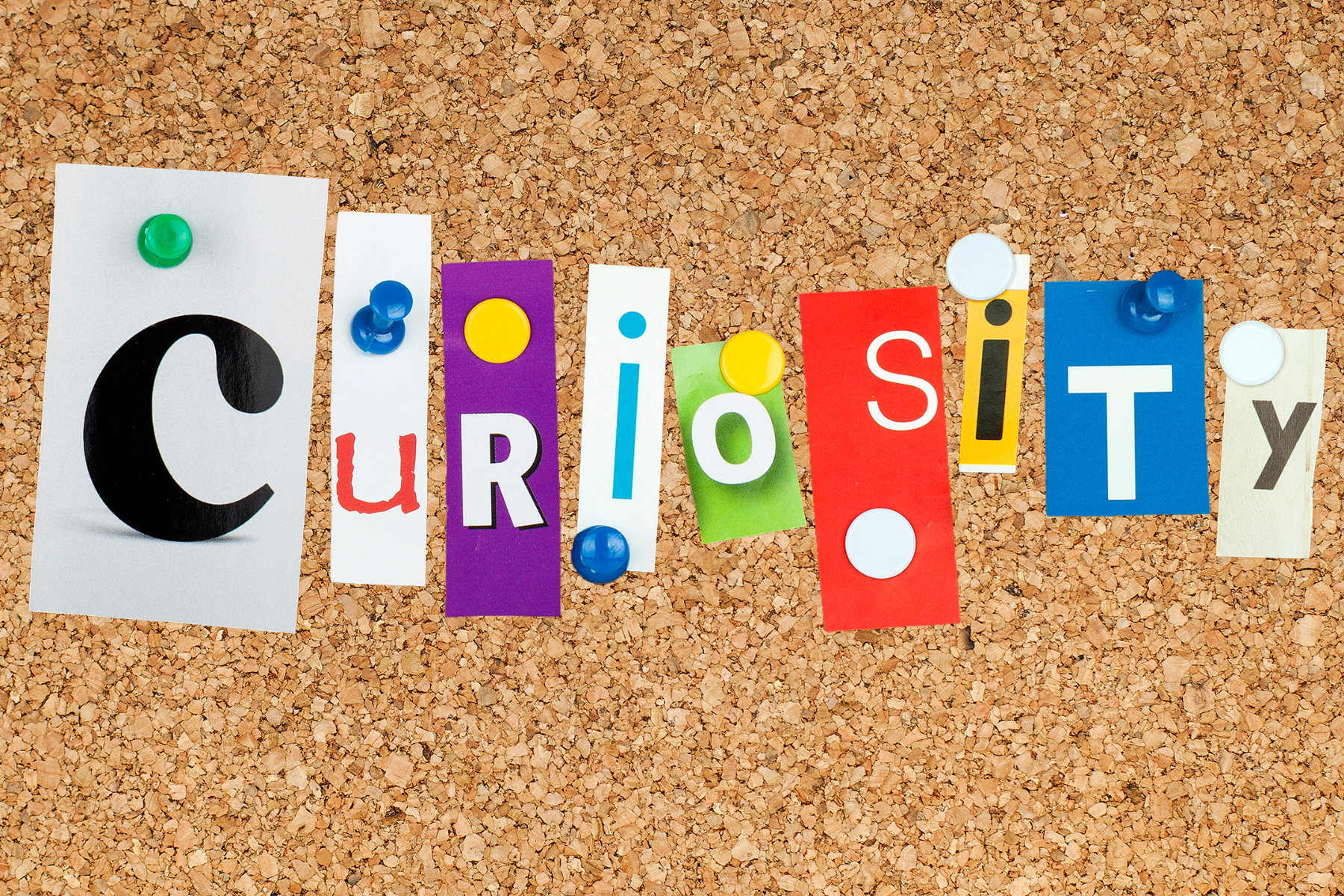

Embrace Creative Curiosity: Heart of Innovation
There's something curious about artists - something that drives them to tap into their innermost thoughts and feelings to create something new.
Whether it's a painting, a song, or a poem, artists are always exploring new ways to express themselves.
One of the key ingredients in the creative process is curiosity.
Curiosity is the engine that drives innovation, creativity, and learning in our lives.
It is the essential trait that has propelled humanity forward, leading to every invention, discovery, and artistic creation that has shaped our world.
To embrace creative curiosity is to allow oneself the freedom to think outside the box.
It's about unconventional thinking and the willingness to take risks.
When we let go of the fear of failure, we open ourselves up to a world of creative possibilities.
One of the key benefits of curiosity is that it helps us to stay engaged with the world around us.
When we're curious, we're constantly seeking out new information and ideas. This can help us to stay open-minded, flexible, and adaptable.
As artists, this means that we're always learning, growing, and evolving.
We're never satisfied with the status quo - we're always looking for new ways to express ourselves.
Curiosity helps us to connect the dots between seemingly unrelated ideas.
When we're curious, we're more likely to dabble in a variety of different fields and explore different interests.
This means that we're more likely to make unique connections between different ideas, leading to fresh and innovative insights.
So, if you're feeling stuck in your creative process, try branching out and exploring new areas of interest - you never know what connections you might make!
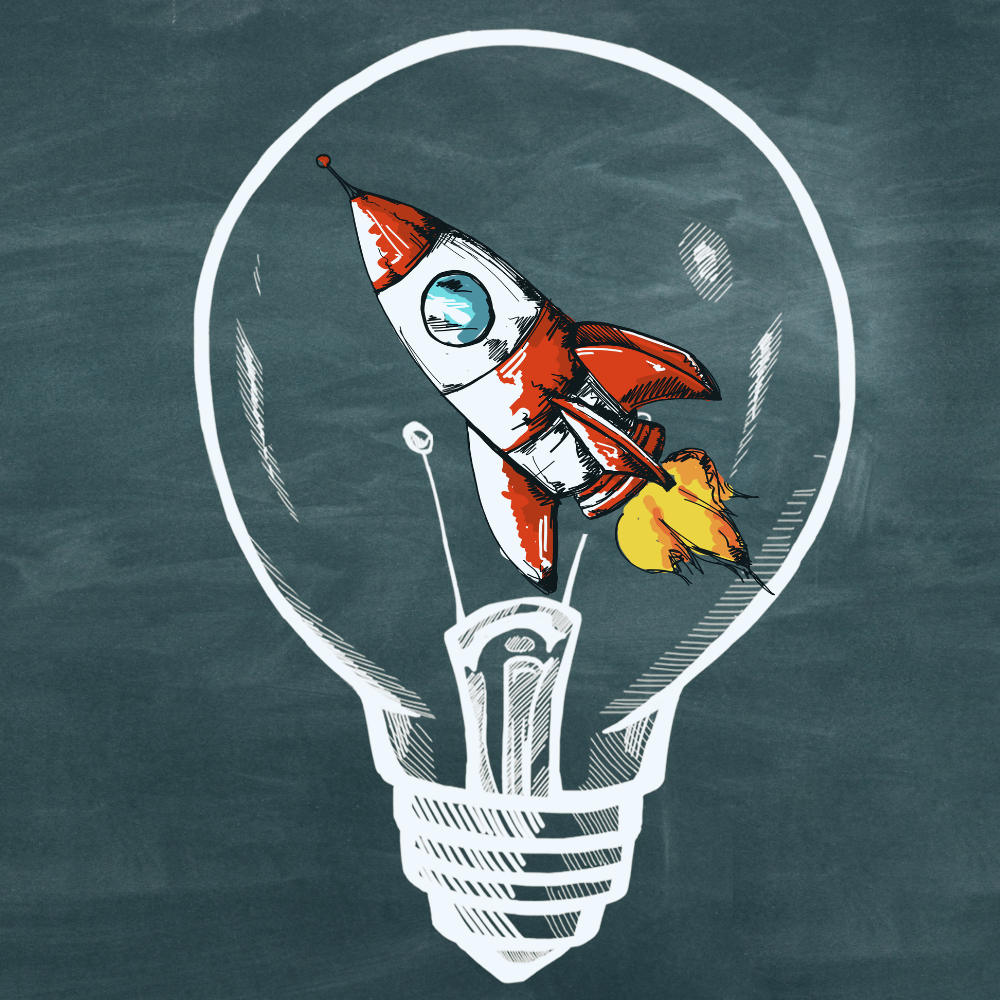

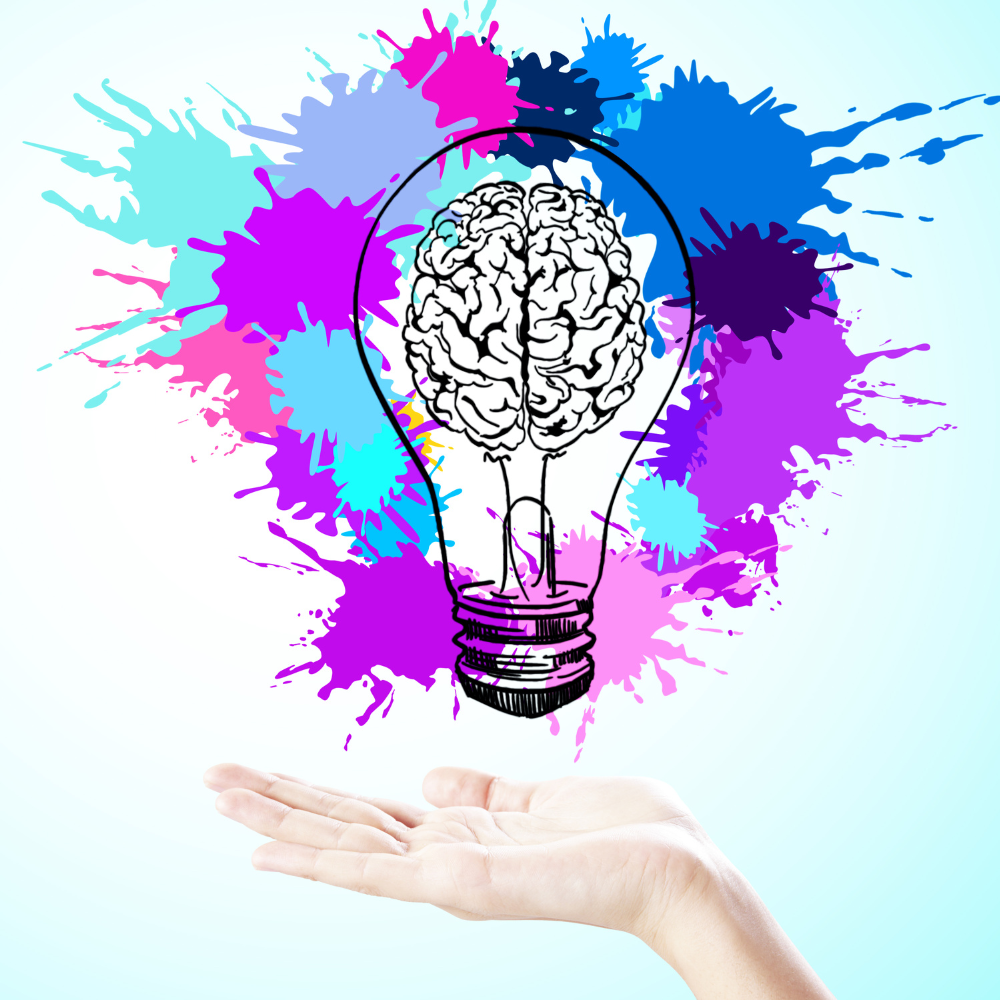
Curious Mindset: Lifelong Commitment to Learning
Adopting a curious mindset means committing to lifelong learning.
It's about being open to new knowledge and experiences, and it's a choice that can lead to personal and professional growth.
The pursuit of new knowledge is a journey without end.
For the curious person, there is always something new to learn, understand, or explore, and this quest for knowledge is what keeps life interesting and engaging.
Investing just one hour in a class or workshop can yield significant returns in terms of new knowledge and skills.
This small commitment can spark a new interest or passion that can change the course of one's life.
Curiosity has a hidden agenda: personal growth and fulfillment.
When we follow our curiosity, we embark on a path that leads to a deeper understanding of ourselves and the world around us.
Life offers endless opportunities to learn and grow.
For the curious, every experience is a chance to gain new insights and expand their horizons.
Curiosity leads to a fulfilling life, where every day is an adventure waiting to be discovered.
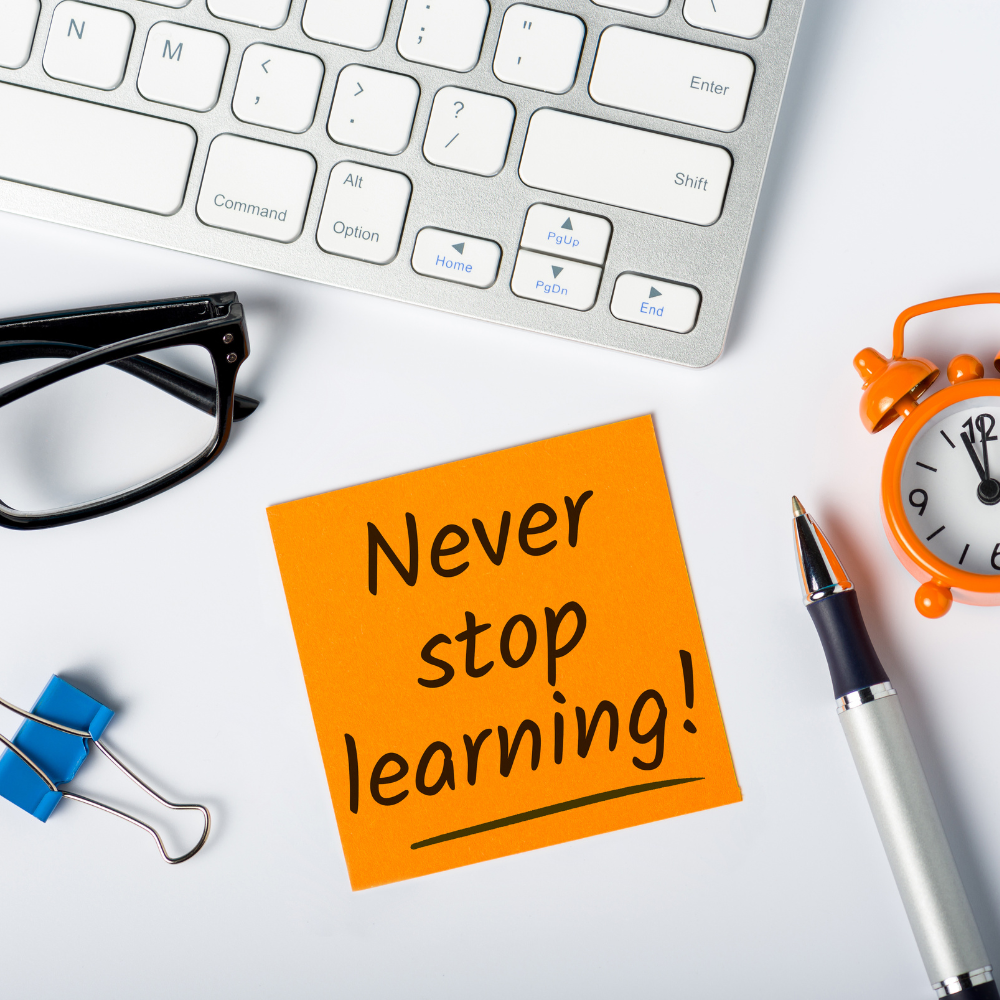
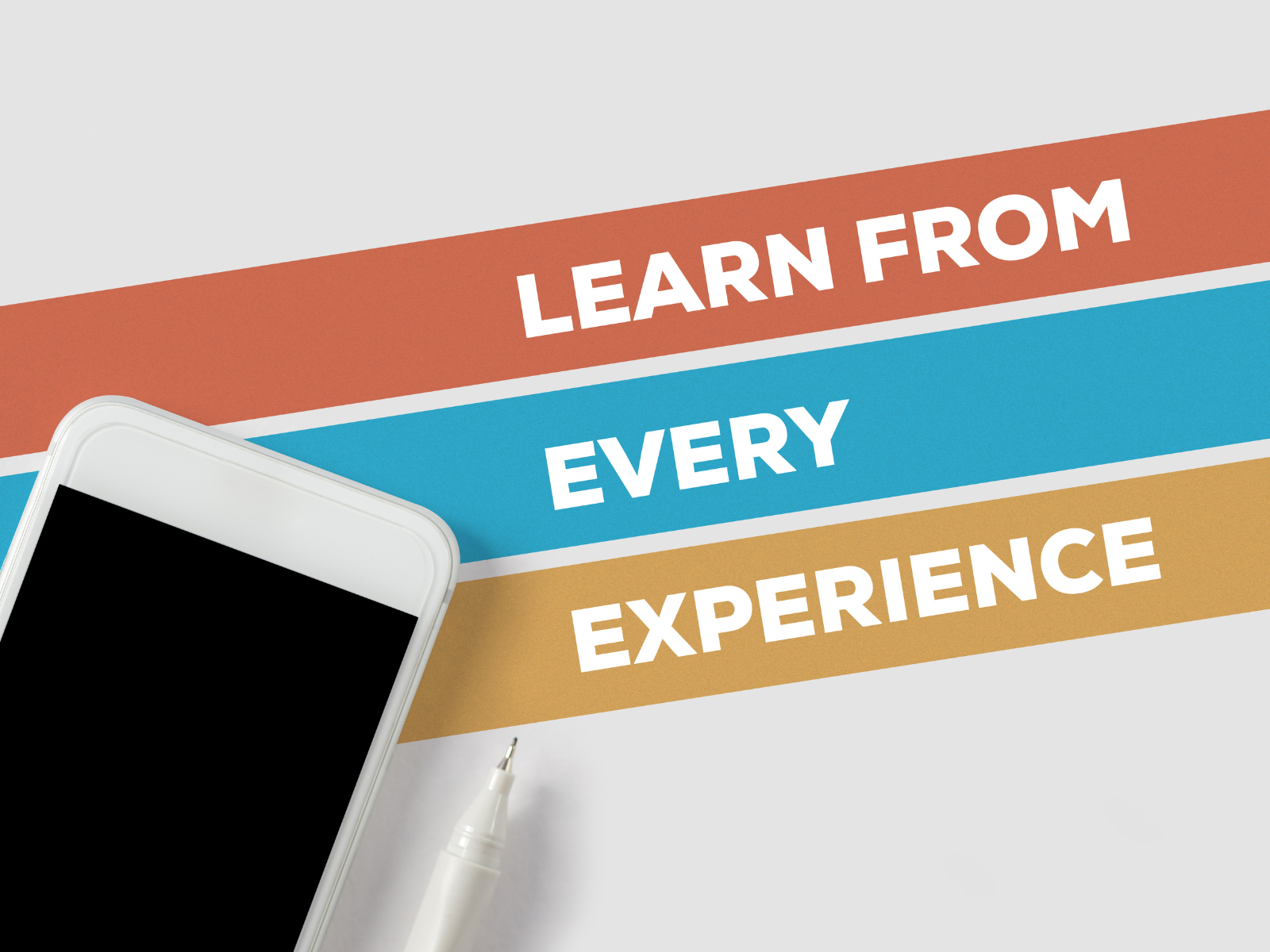
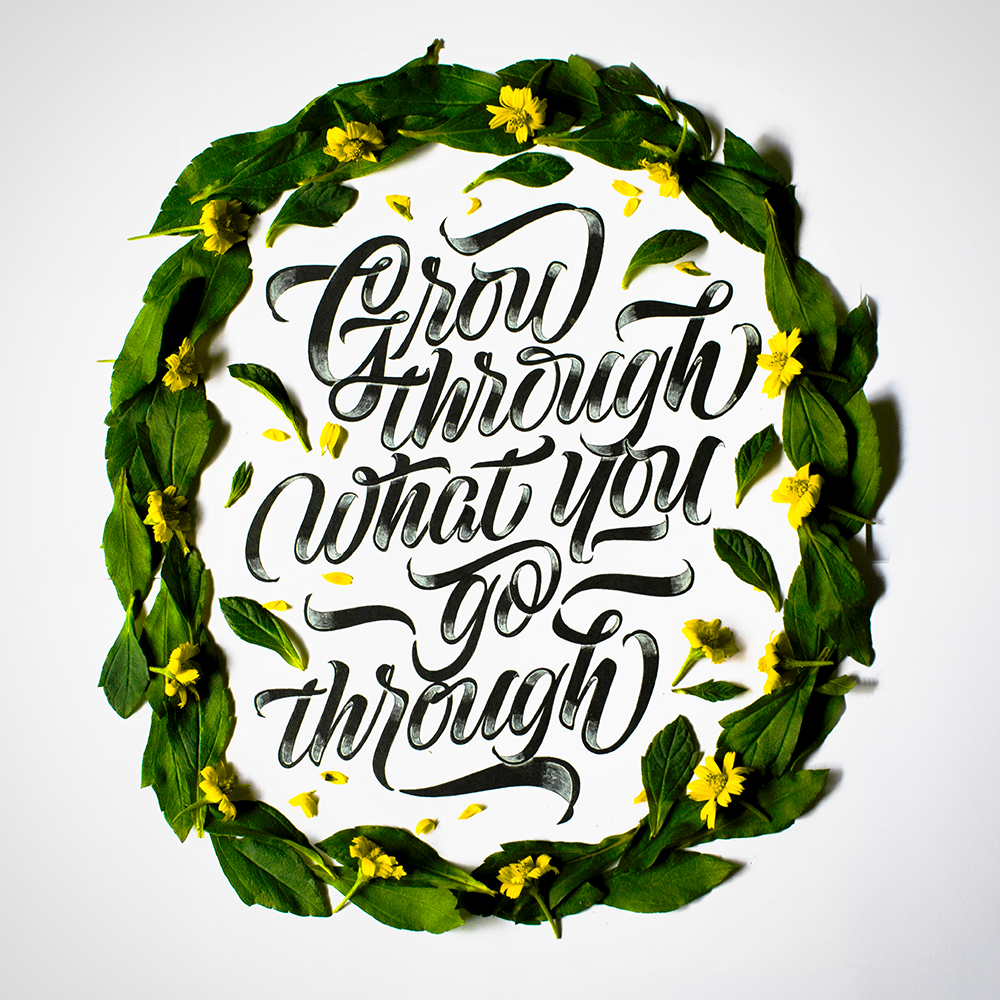
How Curious People Stay Engaged and Excited
Curious people tend to approach life with a sense of wonder and excitement.
They see every day as an opportunity to learn something new, meet someone different, or gain a fresh perspective on a familiar situation.
This mindset helps them stay engaged, motivated, and happy.
Curiosity also allows us to approach life with a growth mindset.
Instead of seeing failure as the end, we view it as an opportunity to learn and improve.
As artists, this is especially important because our craft is constantly evolving - there's always room for growth and improvement.
Curiosity also helps to keep us motivated and inspired.
When we're curious, we're passionate and excited about the work we're doing.
This passion and excitement can help us to push through creative blocks and stay focused on our goals.
So, if you're feeling uninspired, try tapping into your sense of curiosity - it might just be the spark you need to reignite your creativity.

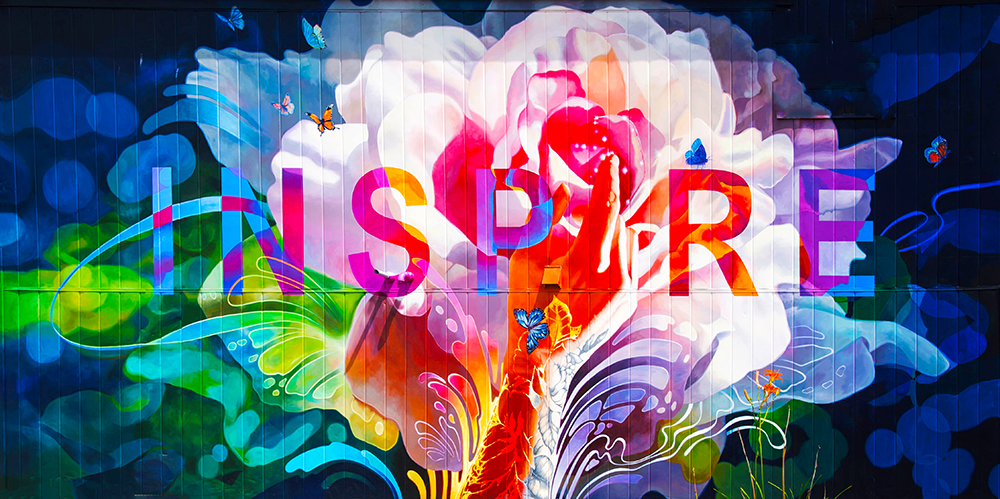
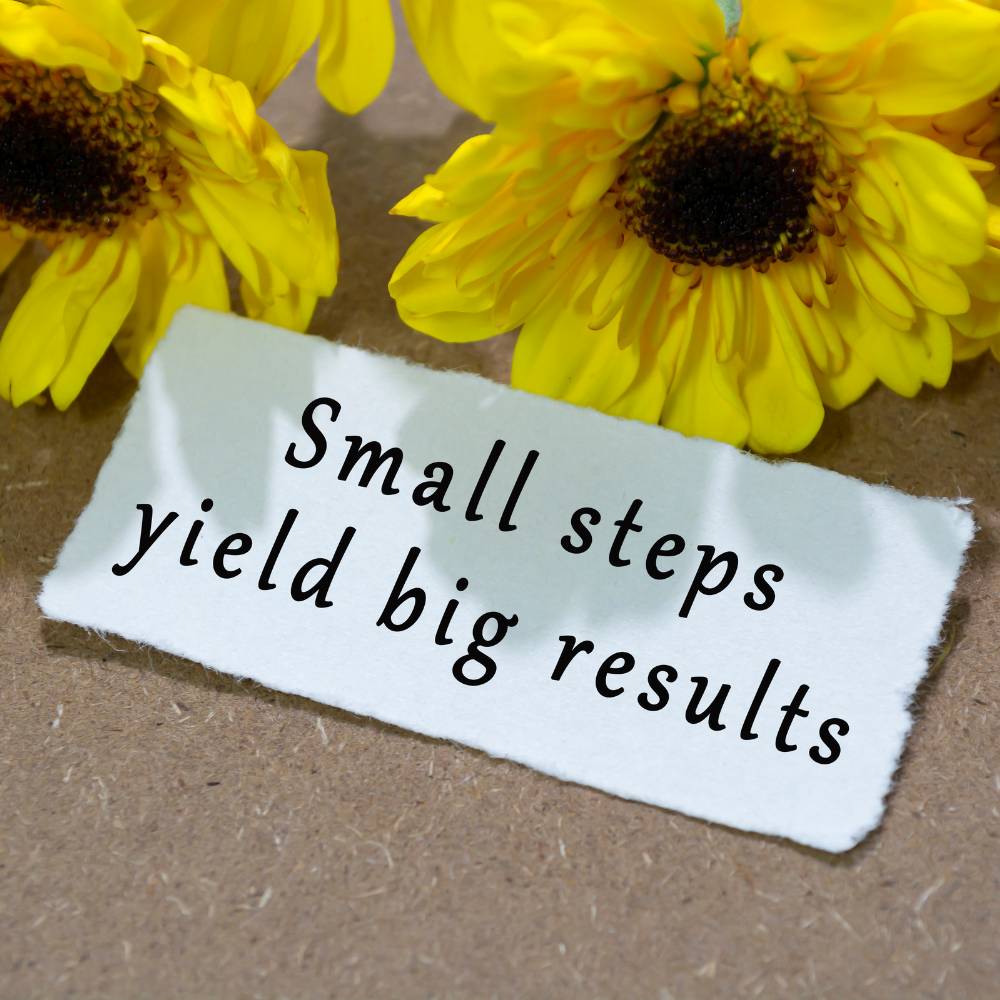
Role of Emotional Expressiveness in Creativity
Positive emotional expressiveness is a key component of creativity.
When we express ourselves openly and positively, we encourage a flow of ideas and foster an environment where creativity can thrive.
Negative emotions can be a significant barrier to creativity.
By learning to manage these emotions, we can create space for curiosity to flourish, leading to a more productive and creative process.
We can achieve this by:
- Practicing mindfulness to become more aware of our emotions and how they impact us.
- Cultivating a positive mindset through gratitude, affirmations, and self-care practices.
- Surrounding ourselves with supportive people who encourage and inspire us.
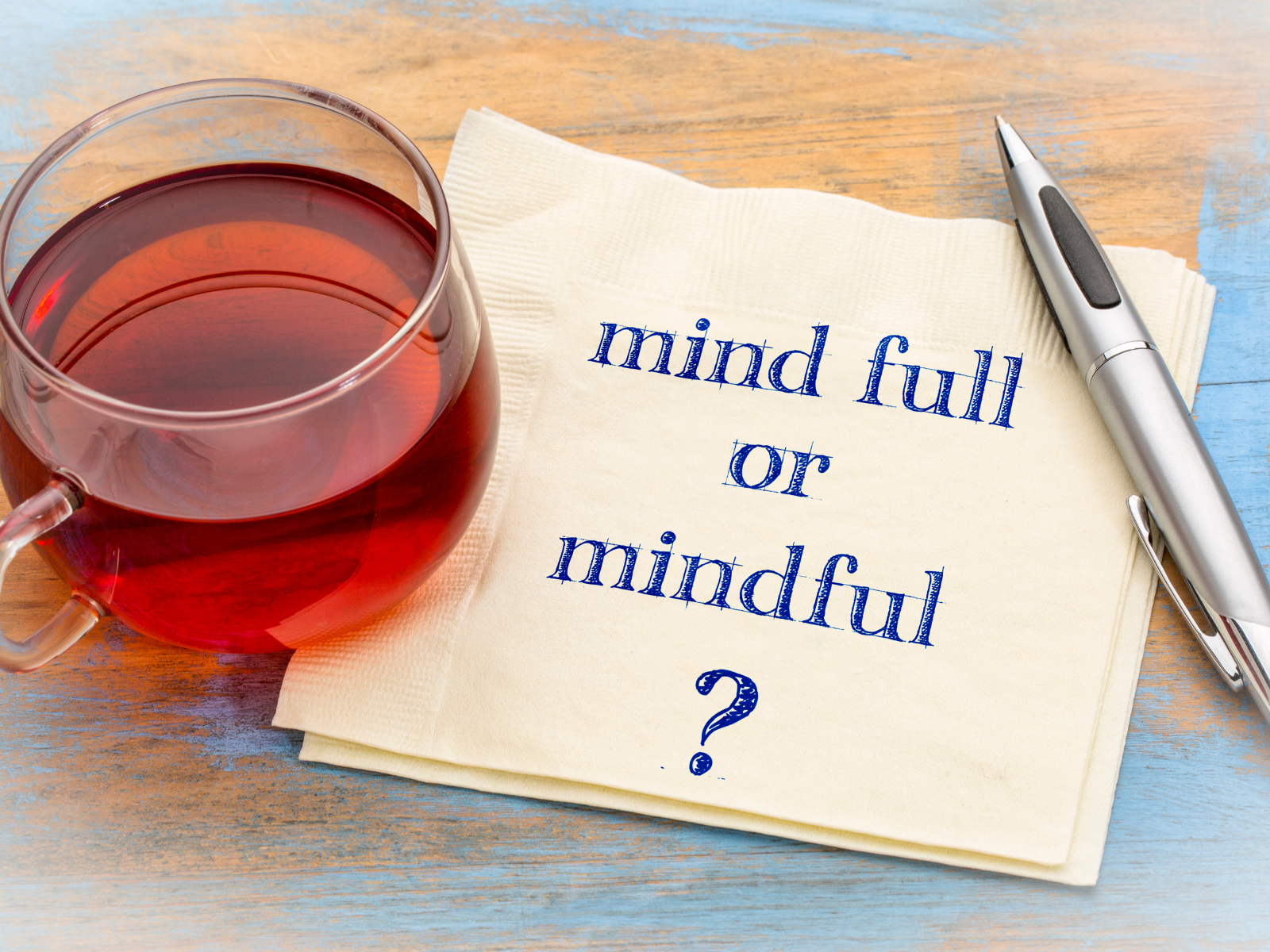

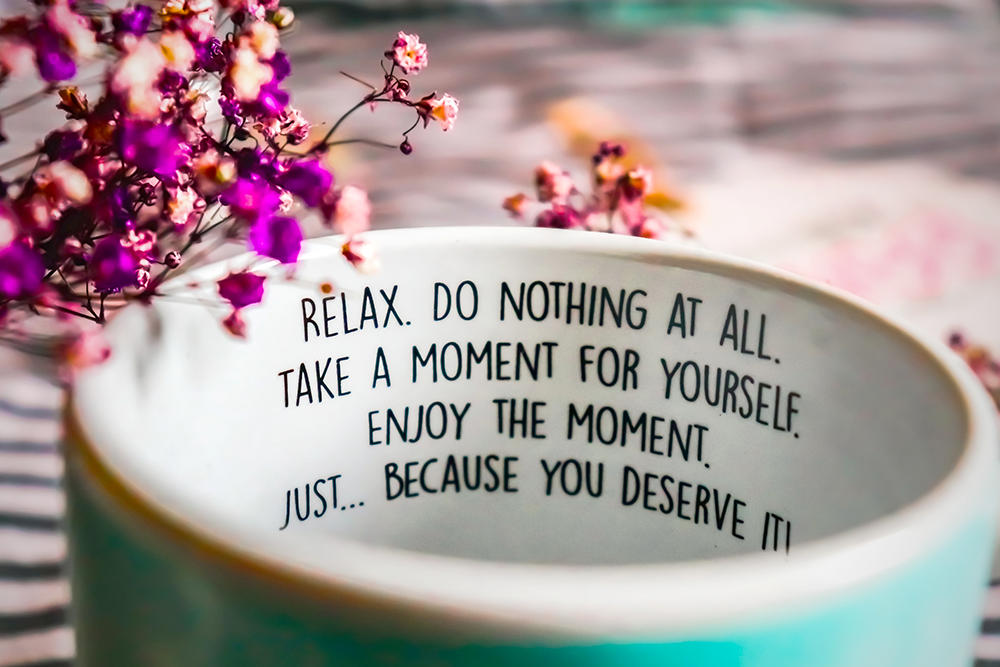
Unconventional Thinking: Break Free from Social Norms
Social norms in modern times can sometimes act as a barrier to curiosity.
The pressure to conform can stifle our desire to ask questions and challenge conventional wisdom.
Unconventional thinking is about challenging social norms and the status quo.
It's about looking at problems from a new angle and finding solutions that others might not see.
This type of thinking has led to some of the most significant breakthroughs in history, and it's a crucial aspect of creativity.
To embrace unconventional thinking, we must be willing to take risks and step out of our comfort zones.
We should also surround ourselves with diverse perspectives and seek out new experiences that challenge our beliefs.

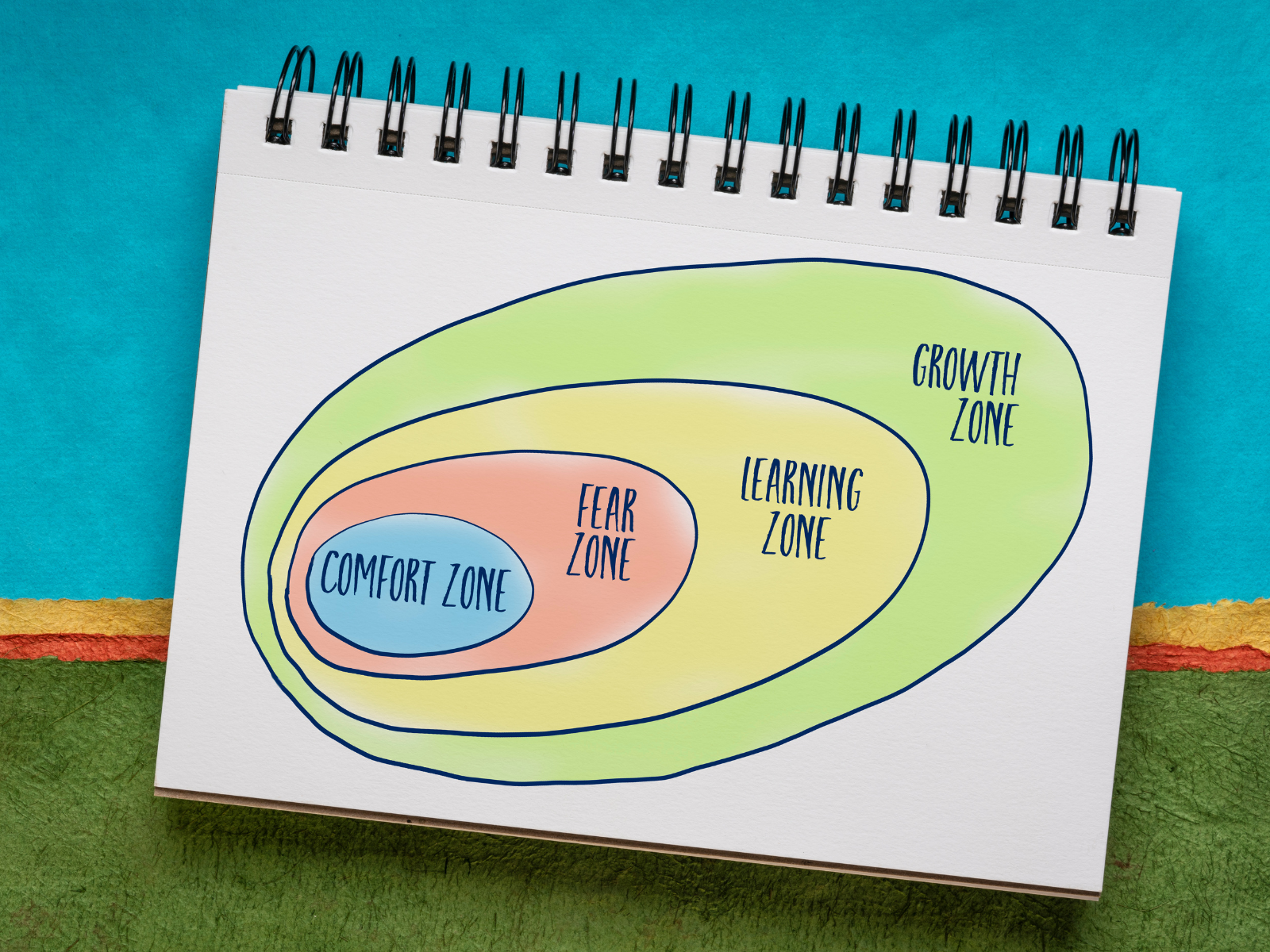

Power of Personality Traits in a Curious Person
Personality traits play a significant role in shaping a curious person.
Traits like openness to experience, adaptability, and resilience can all contribute to a more curious and creative outlook on life.
To cultivate these traits, we can:
- Embrace change and step out of our comfort zones regularly.
- Practice empathy and actively listen to others' perspectives.
- Learn from failure and see it as an opportunity for growth.
Being non-defensive and open are hallmarks of a curious individual.
These traits allow for genuine engagement with the world and its myriad of ideas and perspectives.
Maintaining a sense of wonder is essential for keeping the flame of curiosity alive.
It's about looking at the world with fresh eyes and a willingness to be amazed by what we find.
These traits can help us to stay curious and continue to explore new ideas and possibilities.
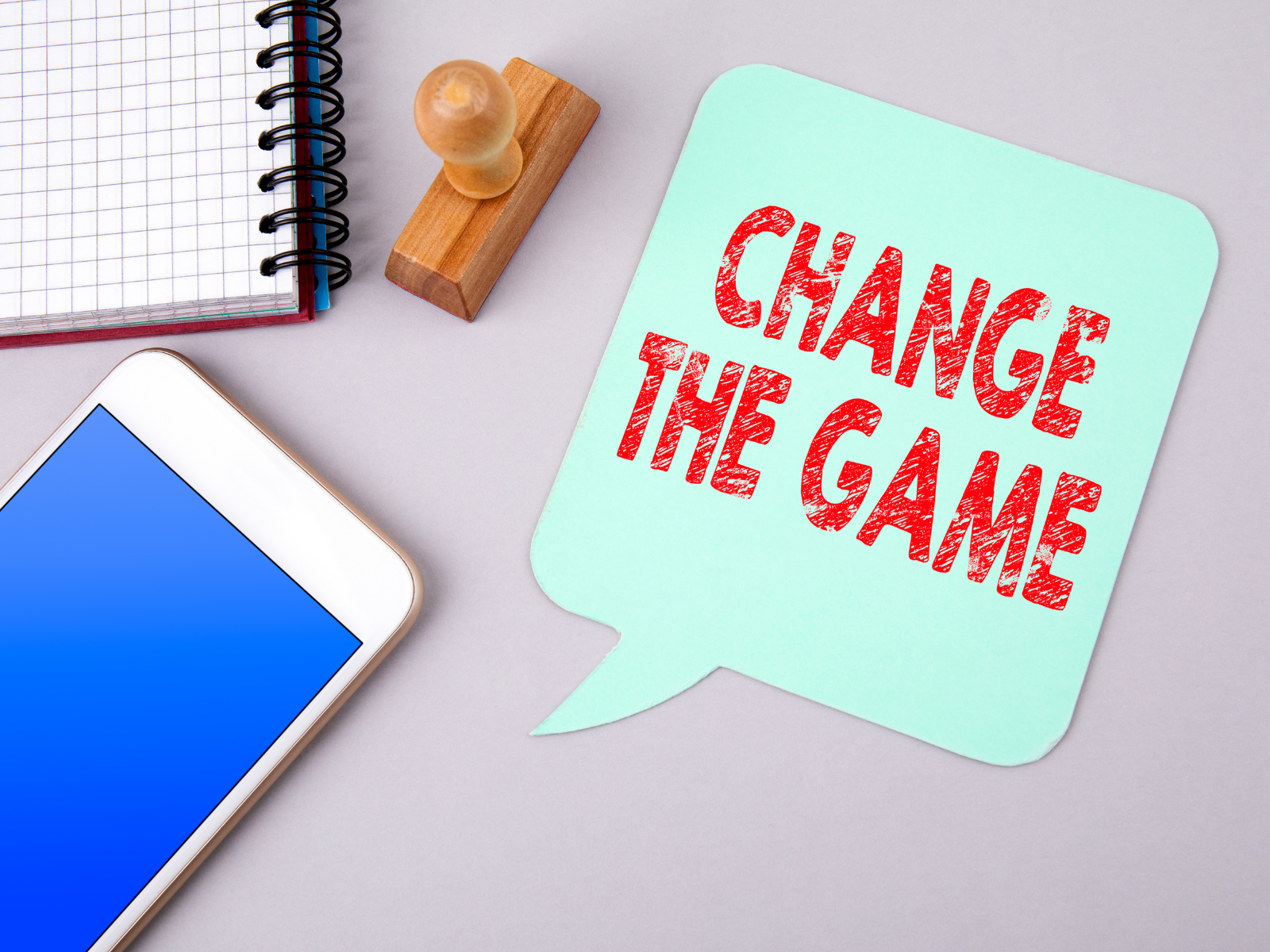
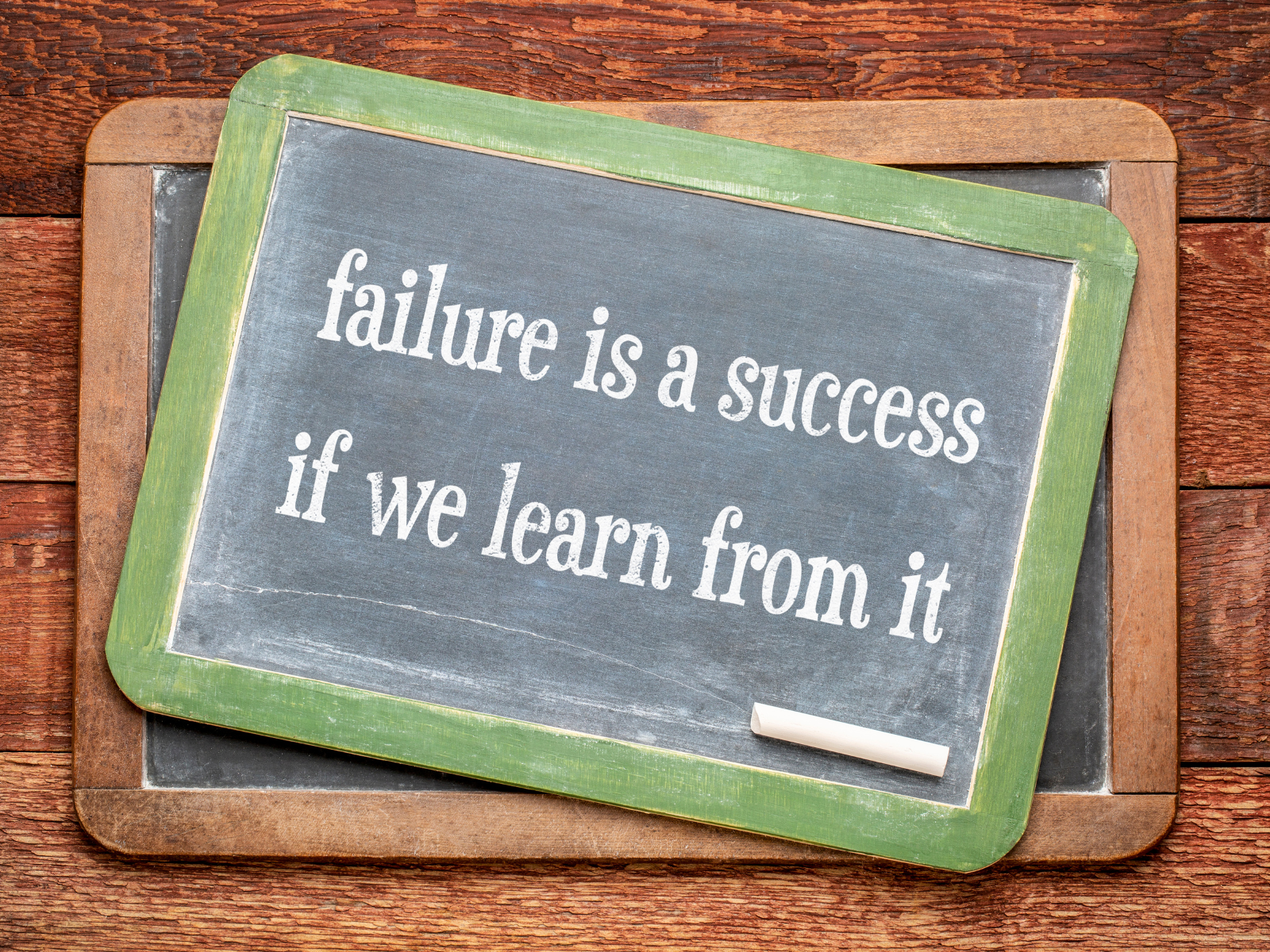
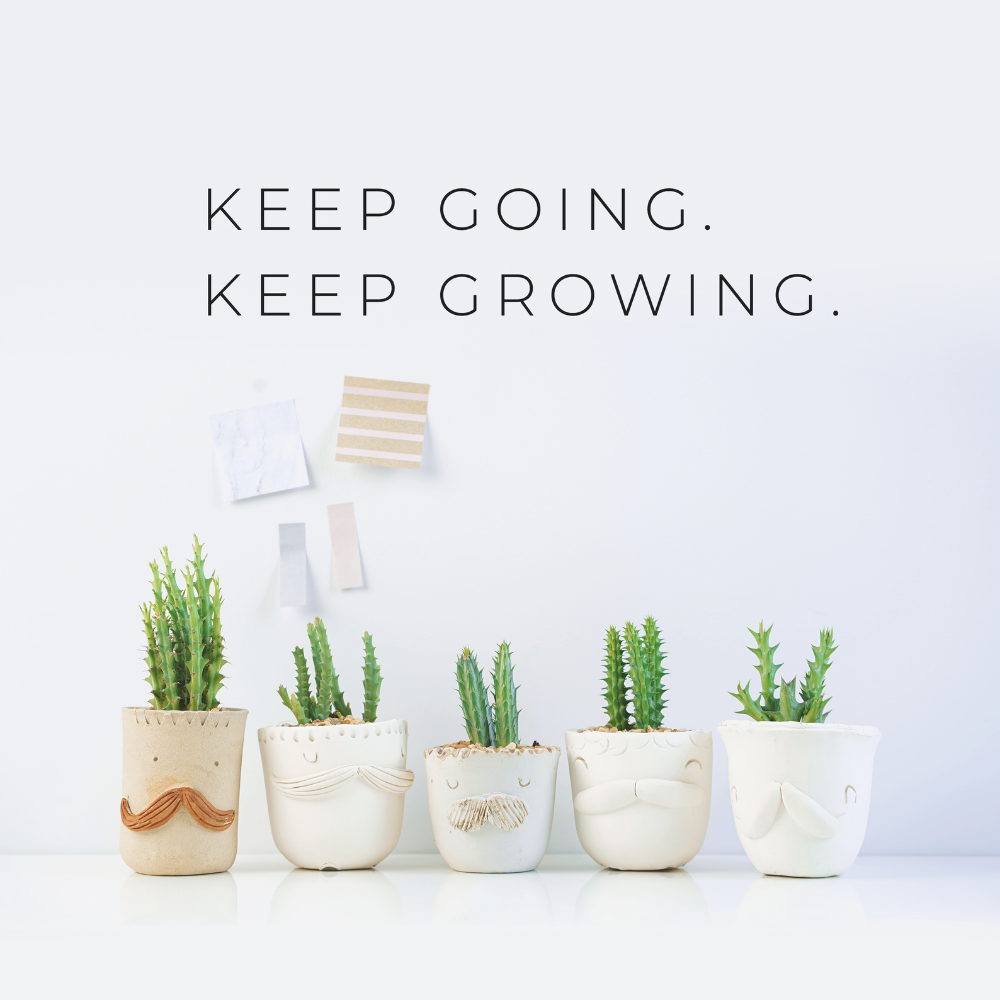
Research on Curiosity: Impact on Our Lives
Other research has shown that curiosity has a profound impact on our lives.
It can improve our relationships, enhance our work performance, and contribute to our overall well-being.
Being curious can also lead to a positive impact on society by promoting innovation, collaboration, and progress.
In the workplace, curiosity is valued as an essential trait for success.
Employees who are curious tend to be more engaged and motivated, leading to higher productivity and job satisfaction.
Curiosity has also been linked to better leadership skills, problem-solving abilities, and creativity in the workplace.
In our personal lives, curiosity can help us to build stronger relationships.
When we're genuinely interested in others and their perspectives, we create a deeper connection and understanding that can lead to more meaningful connections.
Curiosity also has a positive impact on mental health.
Studies have shown that curious individuals tend to have lower levels of anxiety and stress, as well as higher levels of life satisfaction and happiness.
George Mason University is an example of an institution that fosters curiosity among its students.
Through innovative programs and a supportive learning environment, the university encourages students to ask questions and explore new ideas.
From research opportunities to service-learning projects, students are encouraged to follow their curiosity and make a positive impact in the world.



Curiosity in Social Interactions
Social situations are a playground for the curious mind.
They offer a chance to observe, ask questions, and learn from the diverse tapestry of human experience.
In social situations, curious people tend to navigate with an open mind and a non-defensive attitude.
They are not afraid to engage in small talk or explore topics that might be outside their comfort zone.
Even small talk can be an opportunity for exploration.
By approaching these conversations with a curious mindset, we can discover interesting facts about others and learn from their experiences.
Curiosity plays a significant role in social interactions, as it can lead to more meaningful conversations and connections, as we seek to understand and learn from one another.



Cultivating Creativity: The Creator's Mindset
Creators are not born overnight; they are shaped by a relentless pursuit of the new and the novel.
Embracing creativity and curiosity is essential for anyone looking to think creatively and produce original work.
By fostering a non-defensive attitude, creators open themselves up to a world of possibilities, allowing them to view feedback as a means to refine and enhance their ideas.
This openness is the bedrock upon which the creator's mindset is built, turning the sparks of curiosity into the flames of innovation.
To think creatively, one must be willing to venture beyond the familiar.
Creators understand that the path to discovery is often lined with questions rather than answers. They use their creativity and curiosity as a compass to navigate uncharted territories.
This exploratory mindset is not deterred by the unknown; instead, it is invigorated by it.
By maintaining a non-defensive stance, creators invite diverse perspectives and collaborate effectively, which in turn enriches their work and pushes the boundaries of their creative endeavors.
When faced with challenges, those who harness both creativity and curiosity are often the ones who find the most innovative solutions.
Creativity allows individuals to think outside the box and envision possibilities that others might overlook.
Curiosity drives them to ask probing questions and to delve deeper into the problem at hand.
This synergy is a powerful tool in any creator's arsenal, enabling them to dissect complex issues and reconstruct them in ways that reveal novel solutions.
Moreover, a non-defensive approach to problem-solving encourages creators to embrace their mistakes and learn from them, rather than shying away from them.
This attitude fosters an environment where creativity and curiosity thrive, as individuals are not afraid to challenge the status quo or to be challenged in return.
By cultivating this dynamic interplay between creativity and curiosity, creators can transform obstacles into stepping stones, leading to breakthroughs that propel them forward in their creative journey.

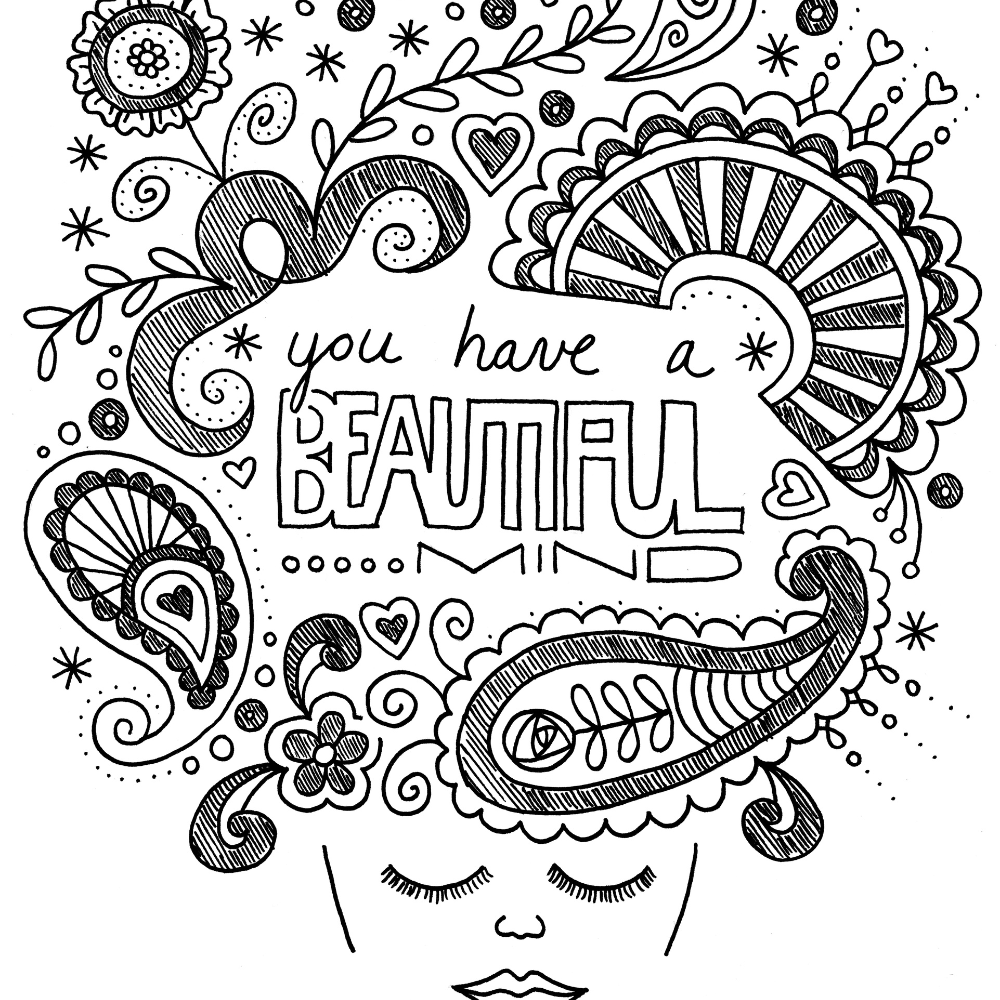
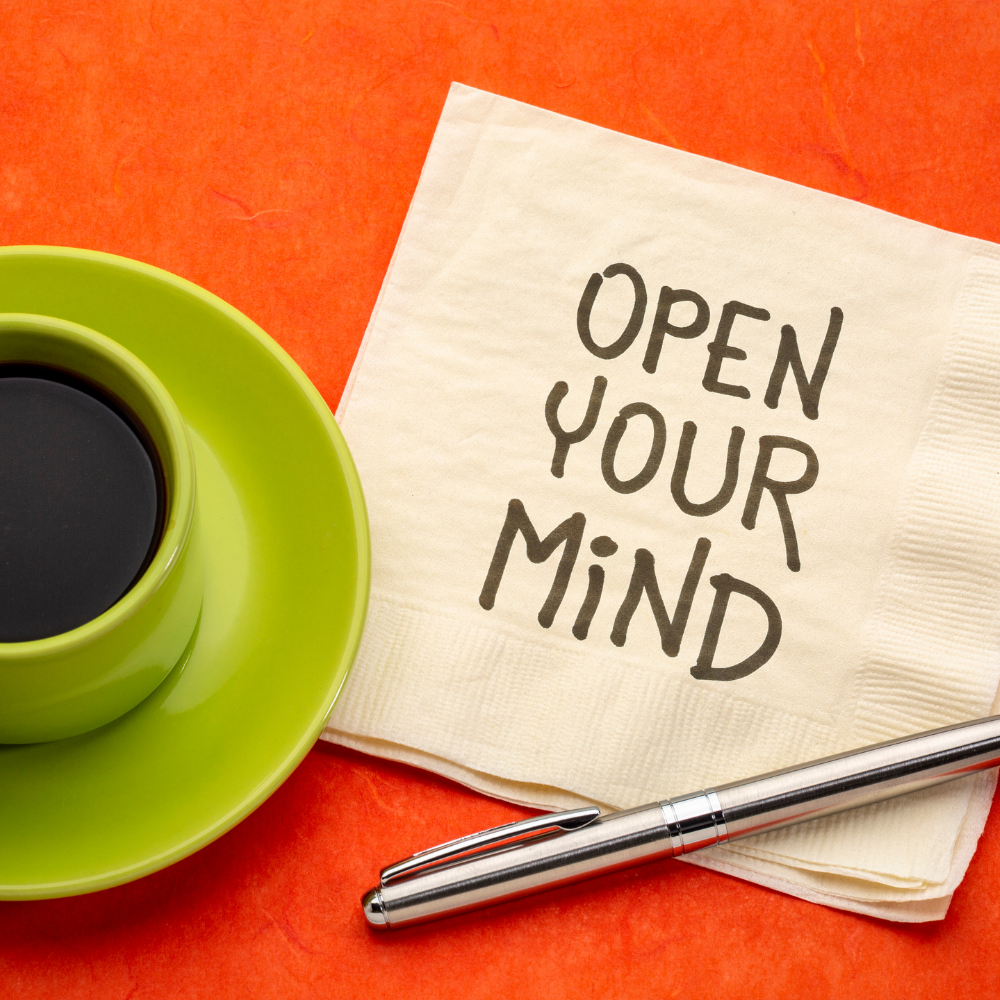
Lost Sense of Curiosity? Rekindle It!
Many adults find that their sense of curiosity diminishes over time.
However, it's never too late to rekindle that spark.
By setting aside time for exploration and new experiences, we can reignite our curiosity.
Start small by exploring new interests, engaging in different activities, and being open to new experiences.
Your sense of wonder can be rekindled with consistent effort and an open heart.
In the early stages of developing new habits, curiosity can be a powerful motivator.
It drives us to explore options and experiment with different approaches until we find what works best for us.
Embracing this mindset can lead to personal growth and help us overcome any obstacles in our way.
When we lose touch with our sense of curiosity, it's often because we've become too focused on the end result.
Rekindle your curiosity by shifting your focus back to the process and embracing the journey rather than fixating on the destination.
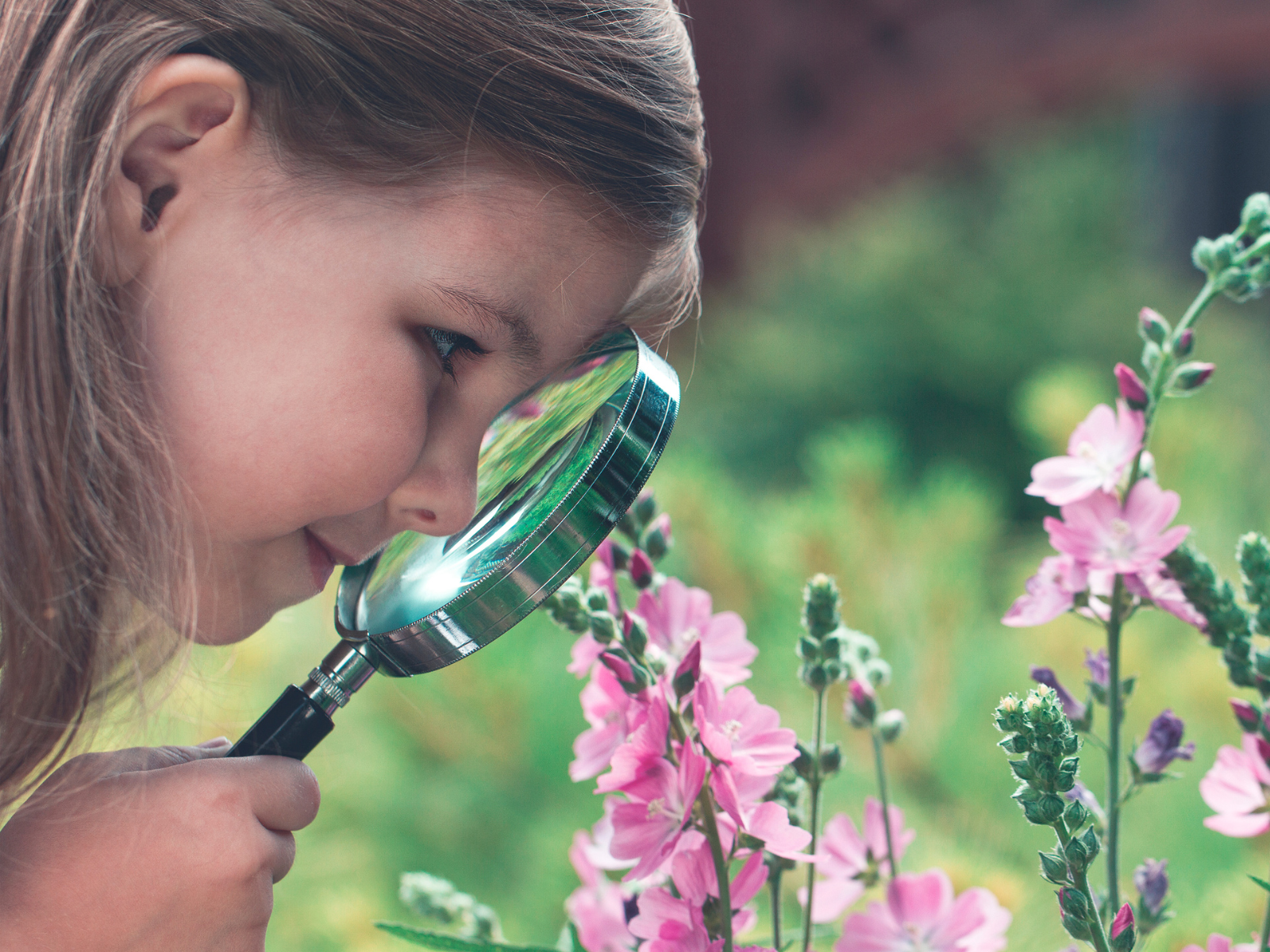

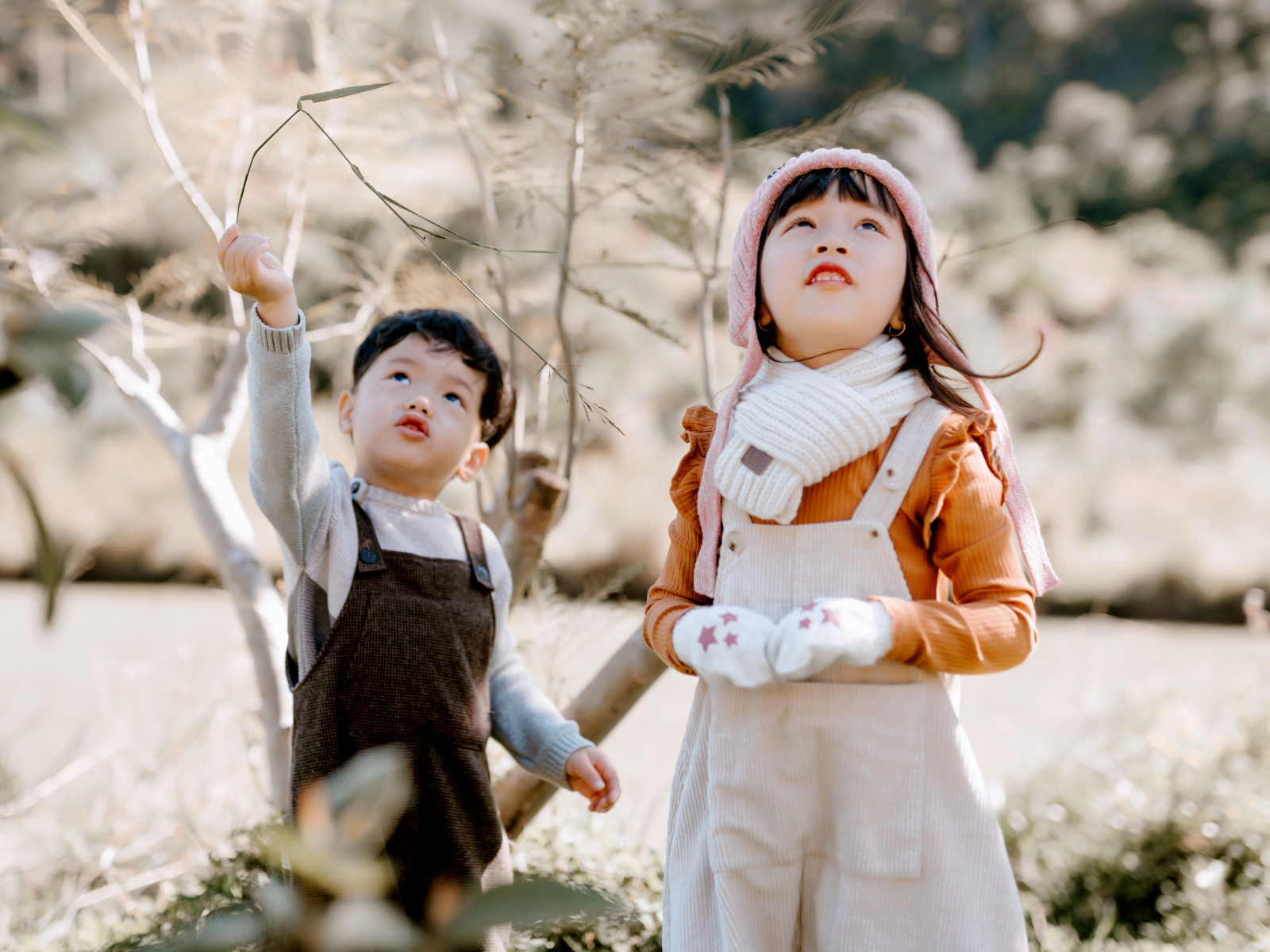
Exploring New Ideas & Options: Joy of Discovery
For the curious mind, new ideas are the lifeblood that keeps the spirit of exploration alive.
They are the catalyst for growth, change, and the pursuit of one's passions.
Exploring options is about the joy of discovery.
It's about trying new things, whether it's a hobby, a career path, or a new way of thinking, and embracing the learning that comes with it.
Many people are afraid to ask questions, fearing judgment, or rejection.
Overcoming this fear is crucial for fostering a curious mindset and unlocking the full potential of our creativity and intelligence.
Additionally, interesting facts are a curious person's delight.
They spark conversations, inspire research, and often lead to a deeper understanding of a topic or issue.
Embrace your curiosity, and allow it to guide you on a journey of discovery.
For instance, Albert Einstein is often cited as a model of curiosity in action.
His relentless pursuit of understanding and his willingness to question established theories revolutionized the field of physics.
He famously said, "I have no special talent. I am only passionately curious."
These words serve as a reminder that it's not about innate talent or intelligence - curiosity is the driving force behind greatness.
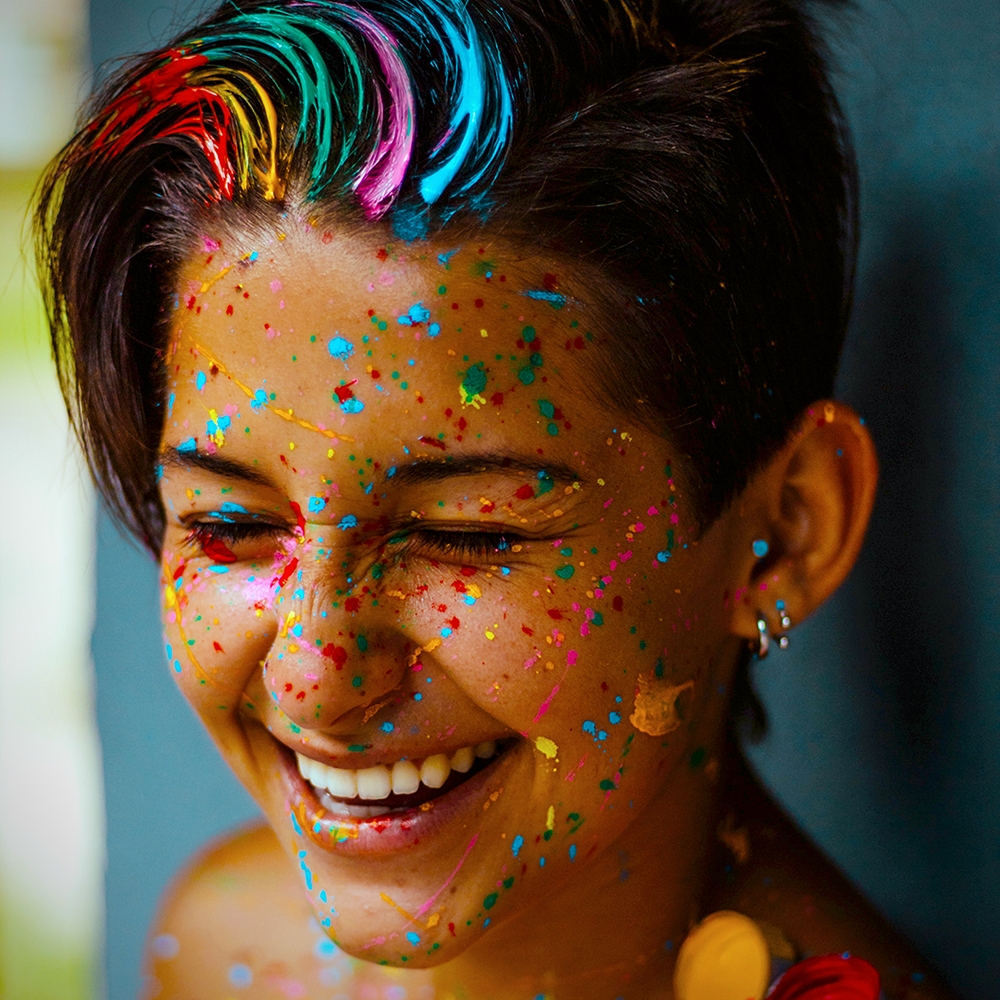
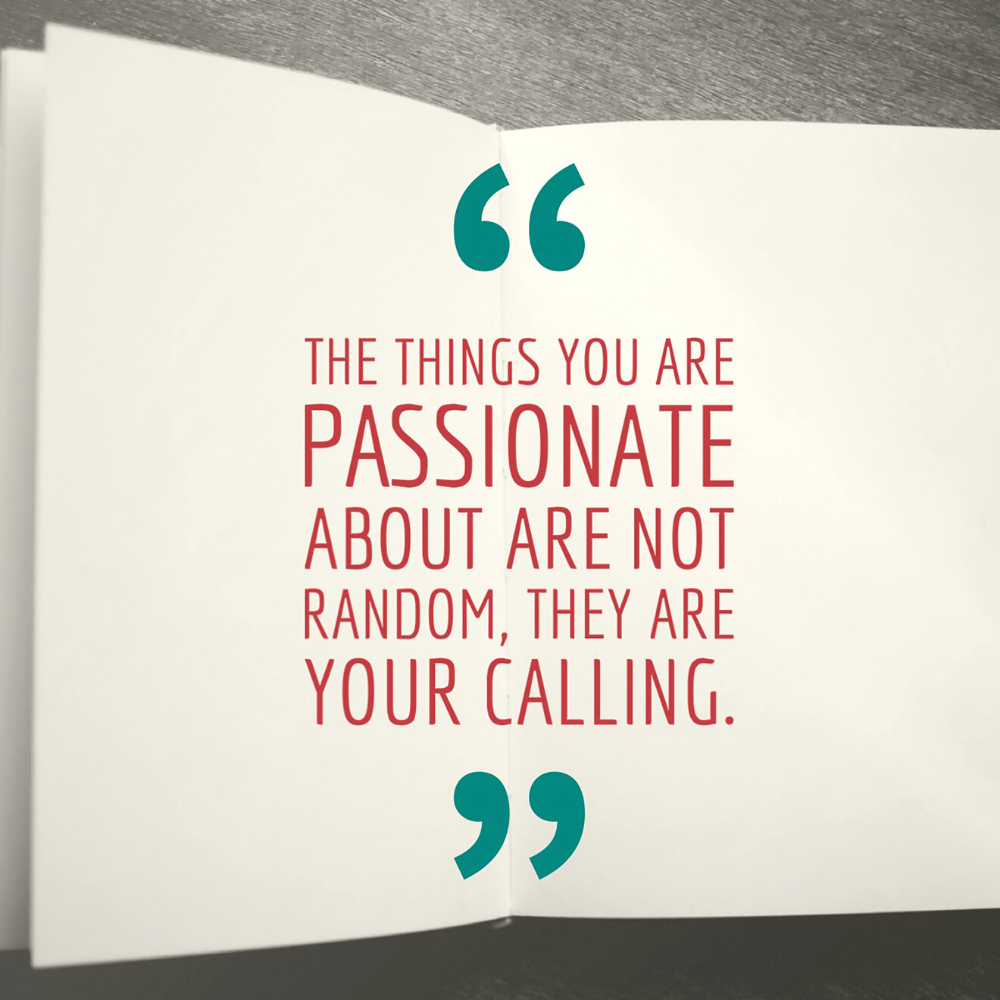
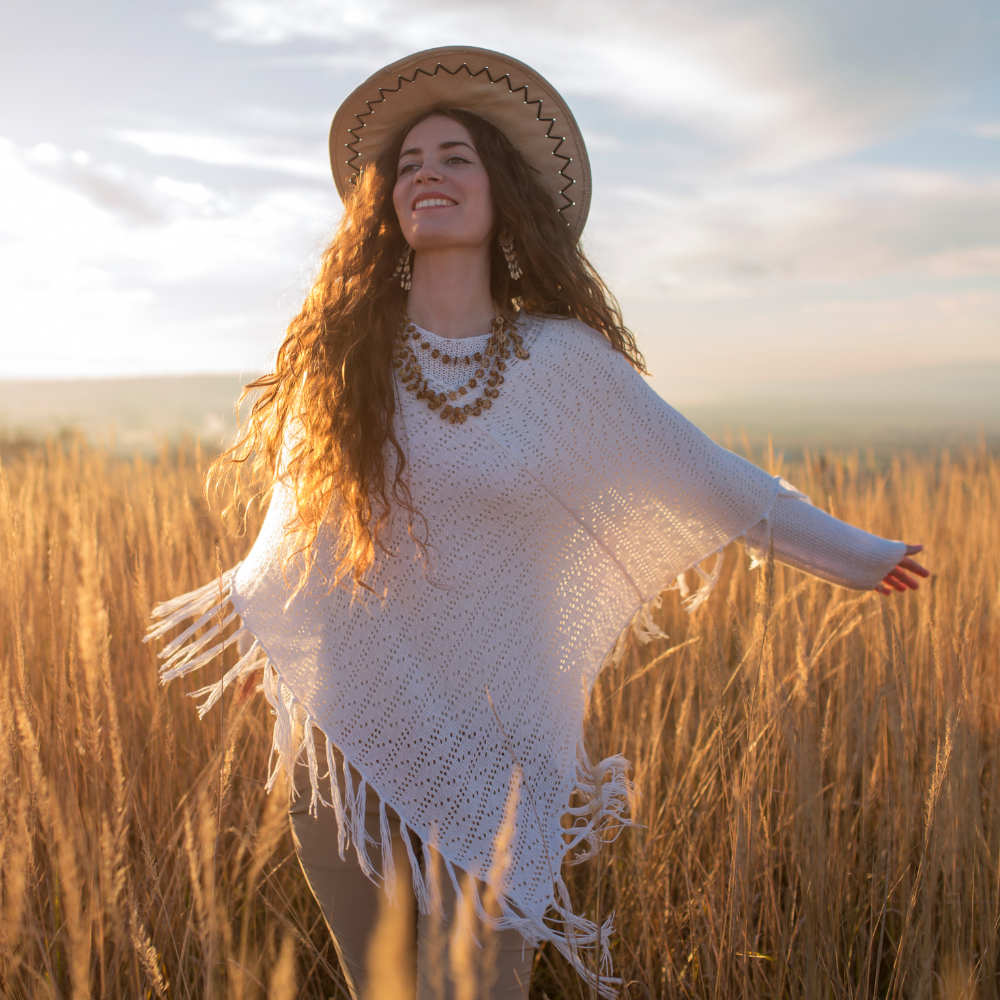
Cultivate Curiosity and Embrace the Unknown
Becoming more curious involves cultivating a mindset of openness and a willingness to explore.
Set aside time for learning, ask questions, and challenge yourself to step outside your comfort zone.
So, how can you cultivate curiosity in your own life?
Here are a few strategies to help you get started:
- Question Everything: Don't be afraid to ask questions and challenge the status quo.
- Embrace Change: Be open to new experiences and ideas, even if they may seem unfamiliar or uncomfortable at first.
- Stay Curious: Keep asking questions and seeking answers. Remember that there's always more to learn.
- Engage in Diverse Experiences: Step out of your comfort zone and try new things.
- Embrace Failure: See mistakes as opportunities for growth and learning rather than setbacks.
- Encourage Others: Foster a culture of curiosity by encouraging others to share their ideas and perspectives.
By actively cultivating curiosity, we can open ourselves up to new possibilities, discover our passions, and continue to learn and grow throughout our lives.
In the end, curiosity is not just about seeking answers; it's about embracing the journey of discovery and finding joy in the unknown.
Go forth and let your curiosity lead you to new horizons!
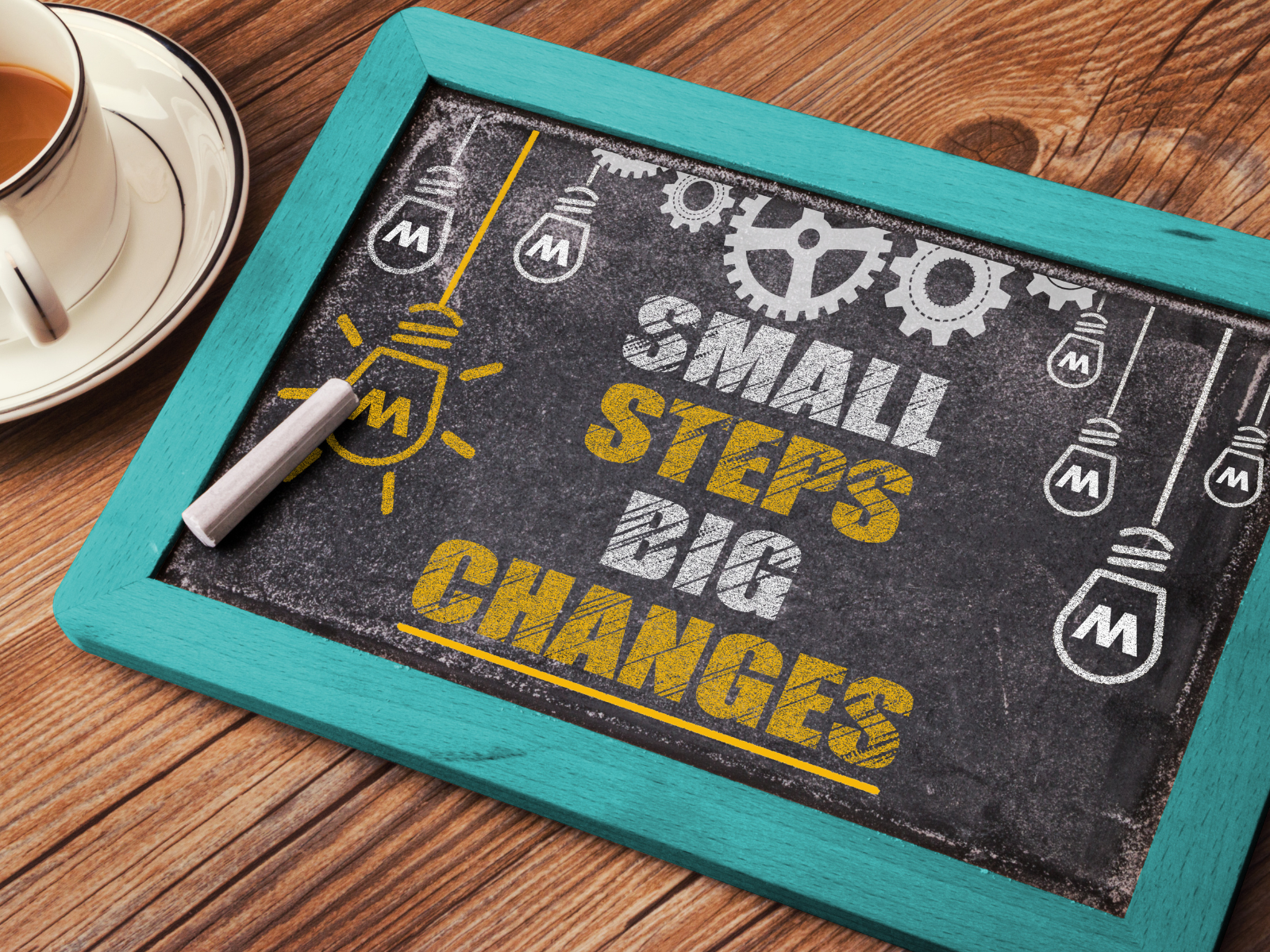
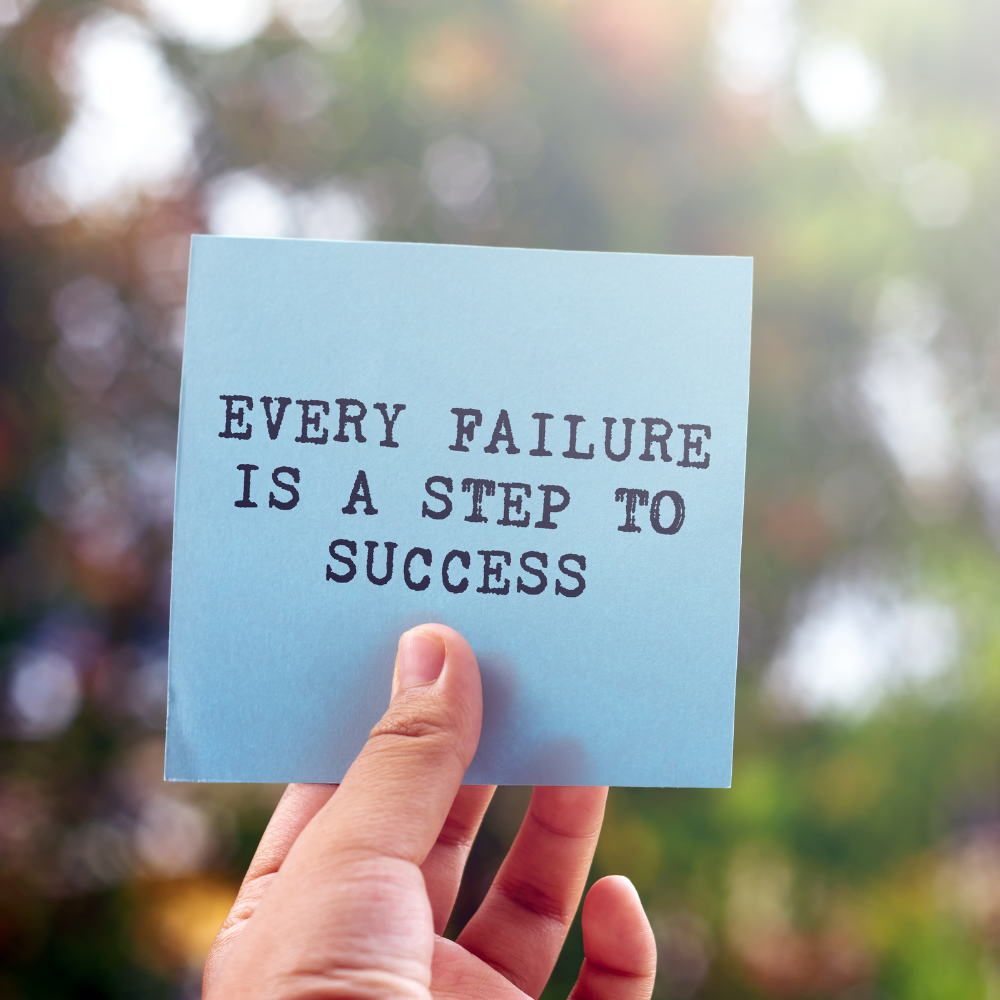
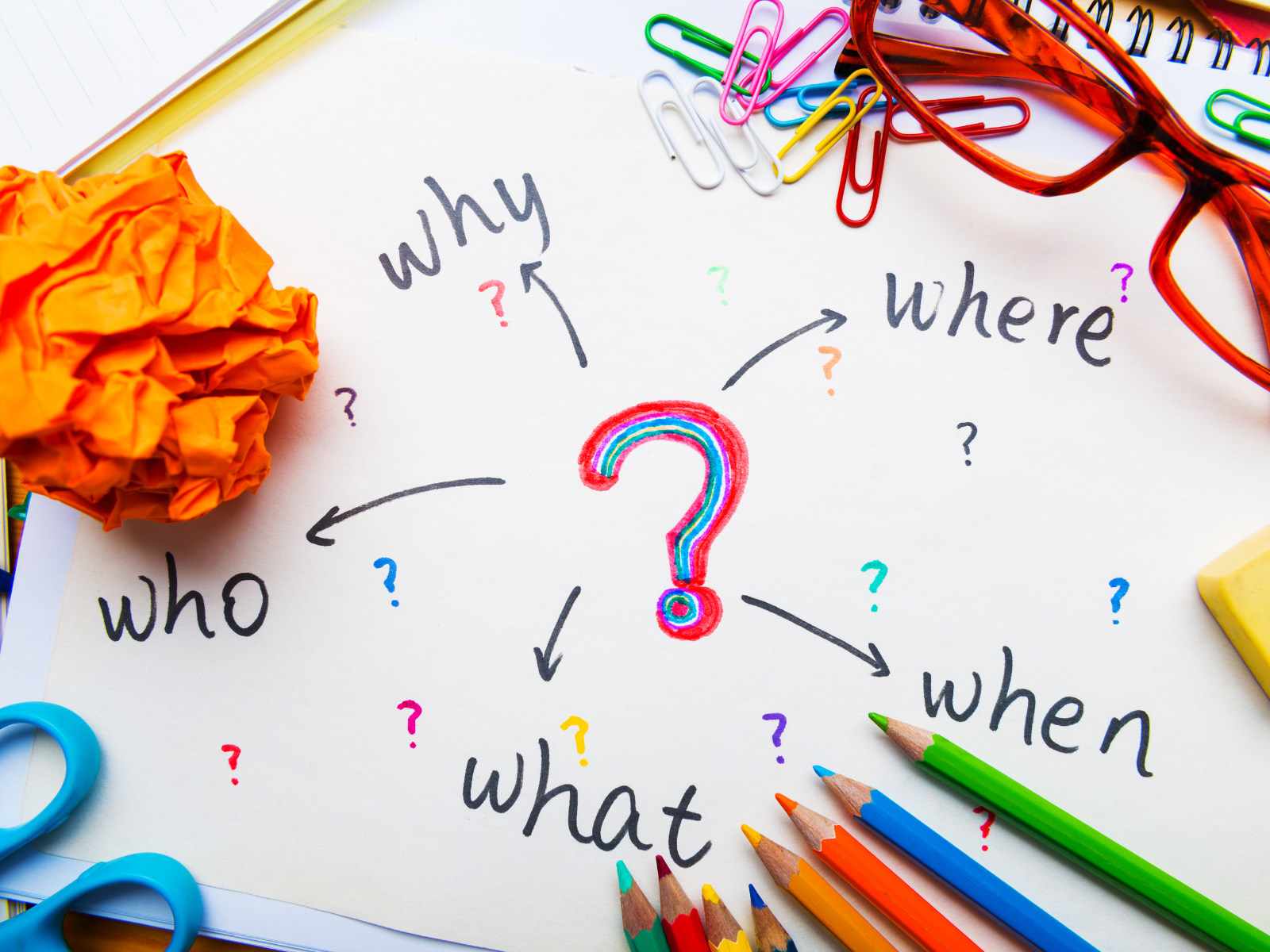
Explore the World: Call to Action for Curious People
Curiosity is not just a trait; it's a way of life.
It's the driving force behind creativity, learning, and personal growth.
Curiosity and creativity go hand in hand.
By staying curious, we can unlock our inner creativity and push the boundaries of what's possible.
Exploring the world is a call to action for the curious.
It's an invitation to step outside our comfort zones, seek new experiences, and embrace the unknown.
By embracing a curious mindset, we open ourselves up to a world of possibilities and embark on a journey of lifelong discovery.
It's time to arm yourself with the tools and inspiration to cultivate curiosity in your life and to harness its power for a more fulfilling and creative existence.
So, if you're an artist looking to tap into your own creative potential, start by exploring your sense of wonder and fascination with the world.
Stay open to new ideas, take risks, and never stop asking questions.
Who knows - you might just create something truly extraordinary!



Looking to fuel your creativity with curiosity? Check out TEDx Talks' video!
Want even more content about creativity and art?
Be sure to check out all of our creative chronicles!
Eager to explore your creativity?
Check out some of our other articles:
-Self-doubt: enemy to creativity
